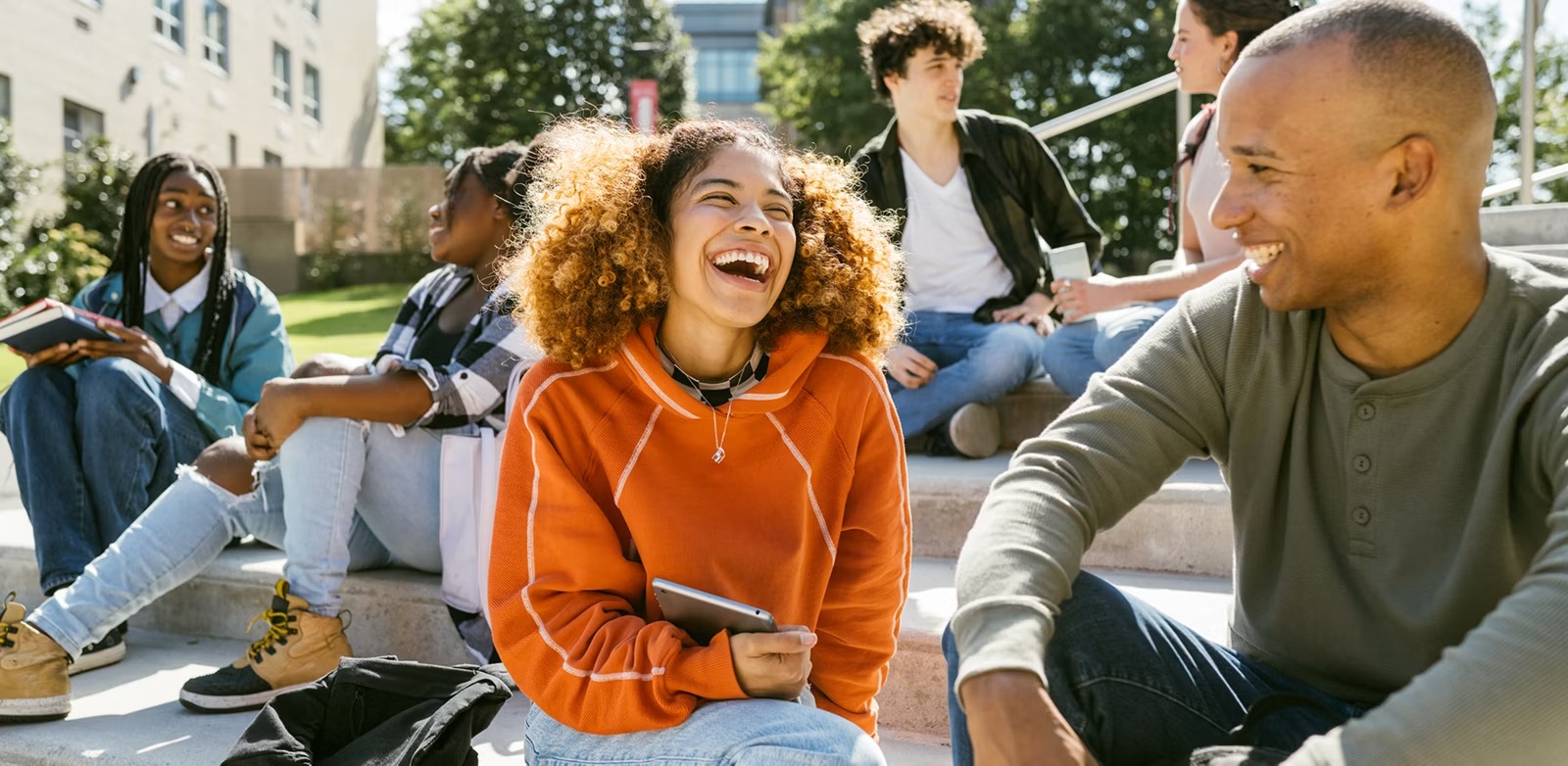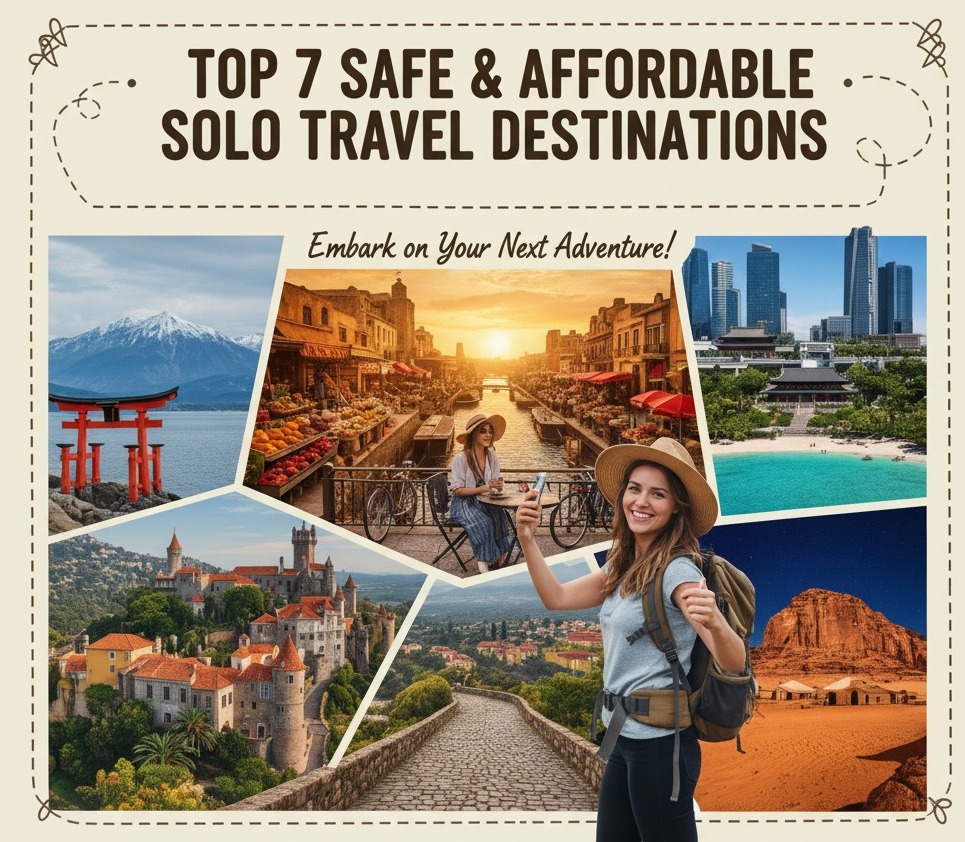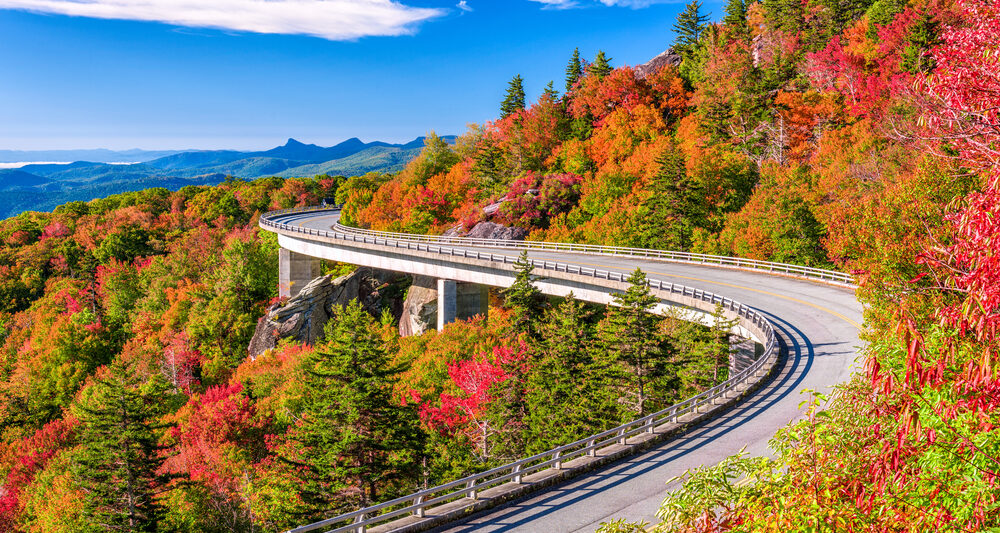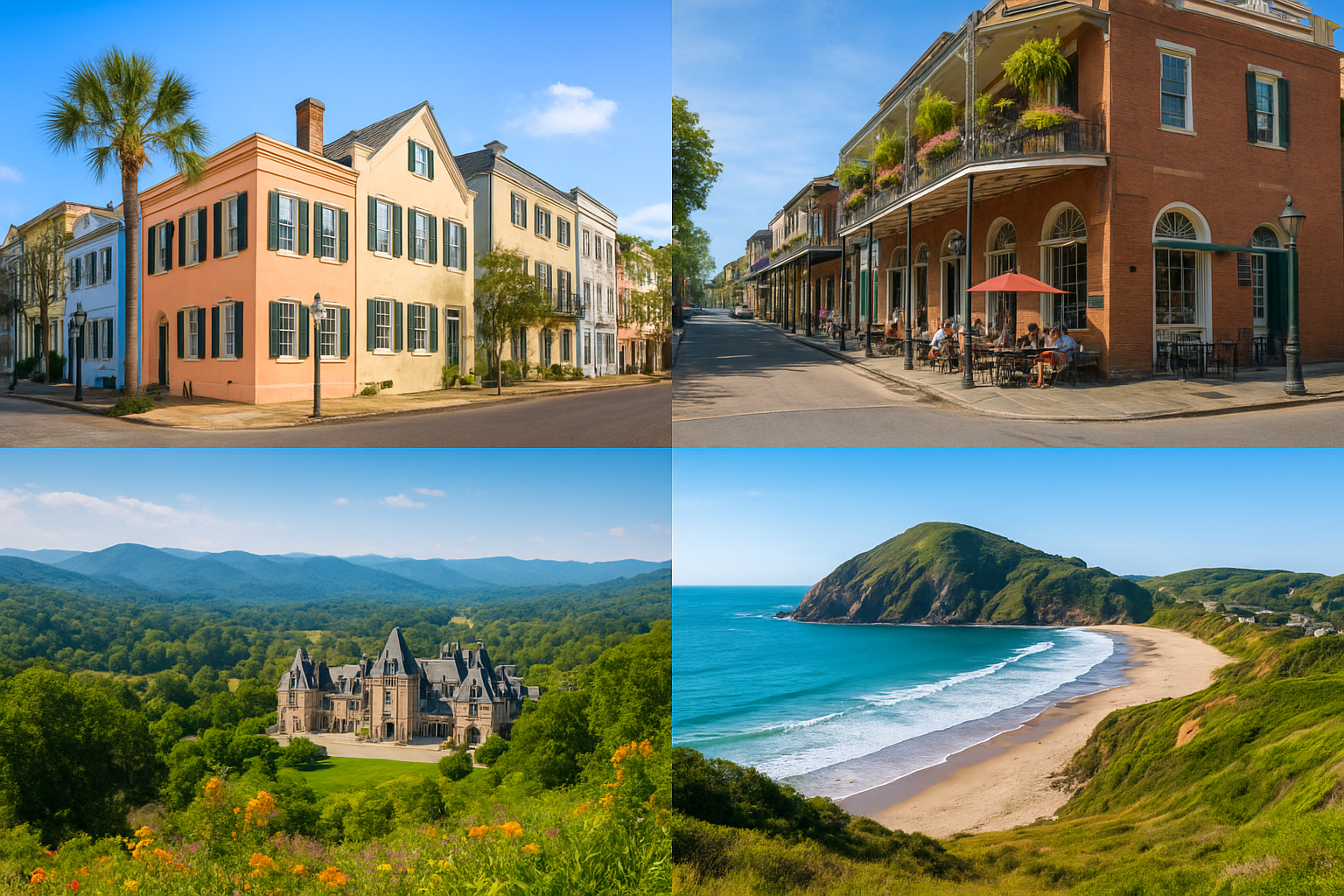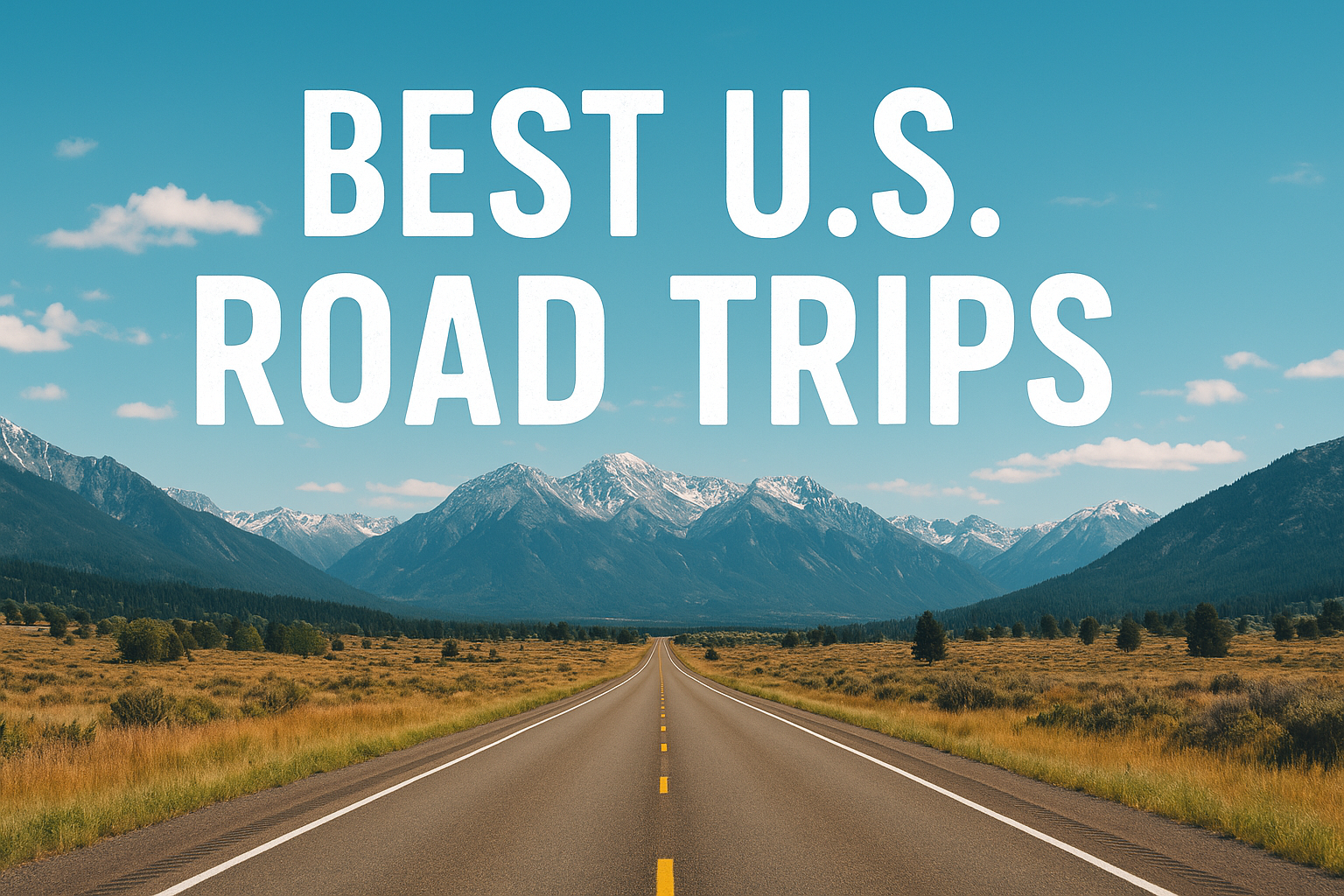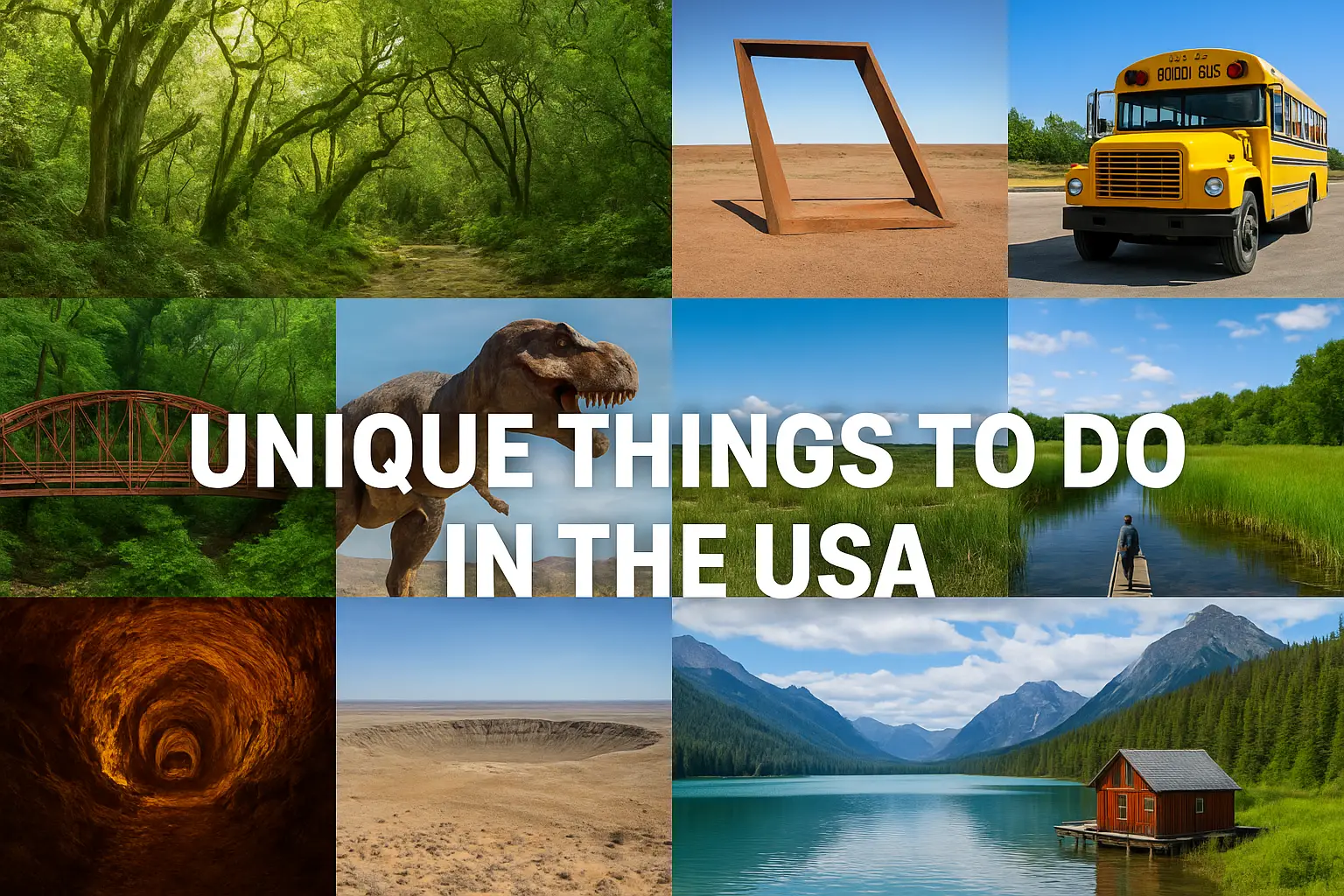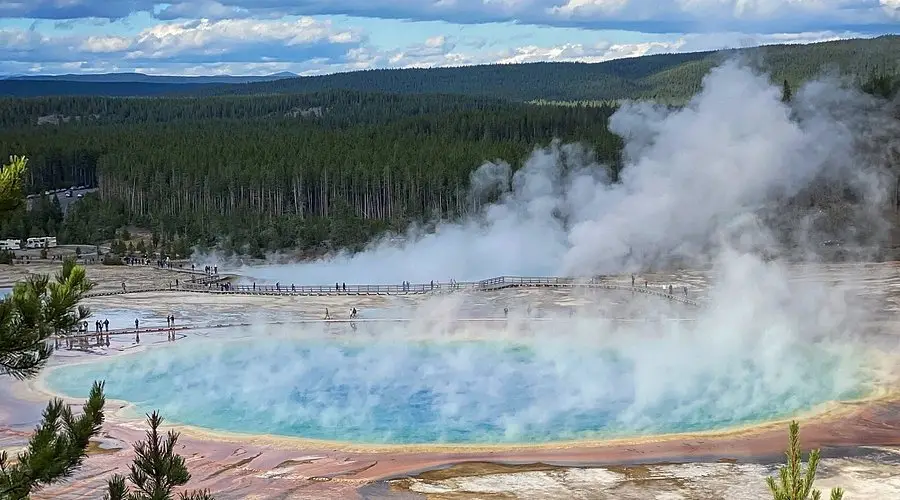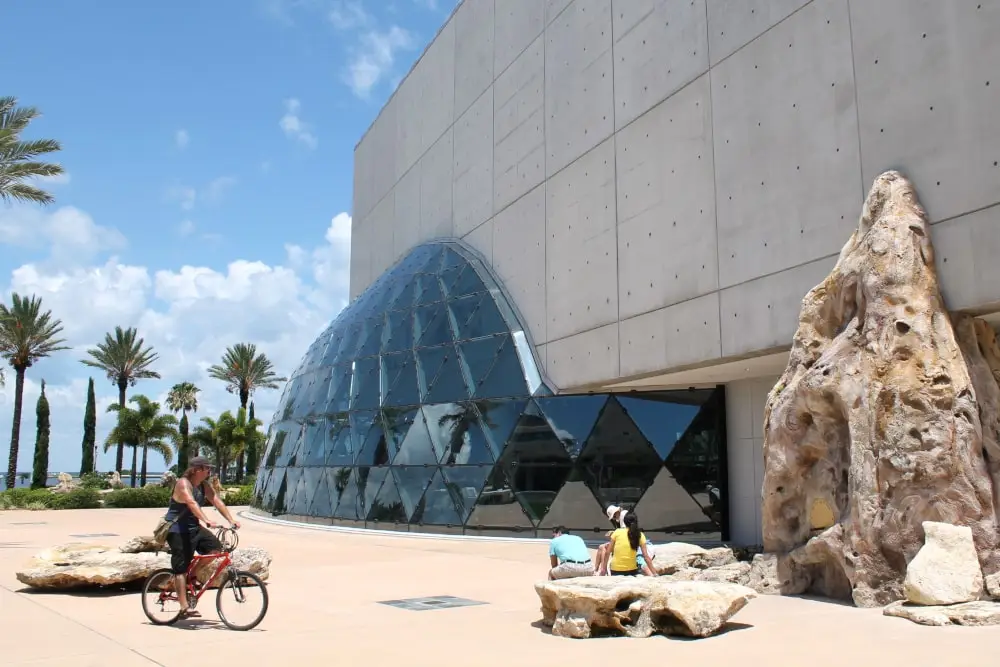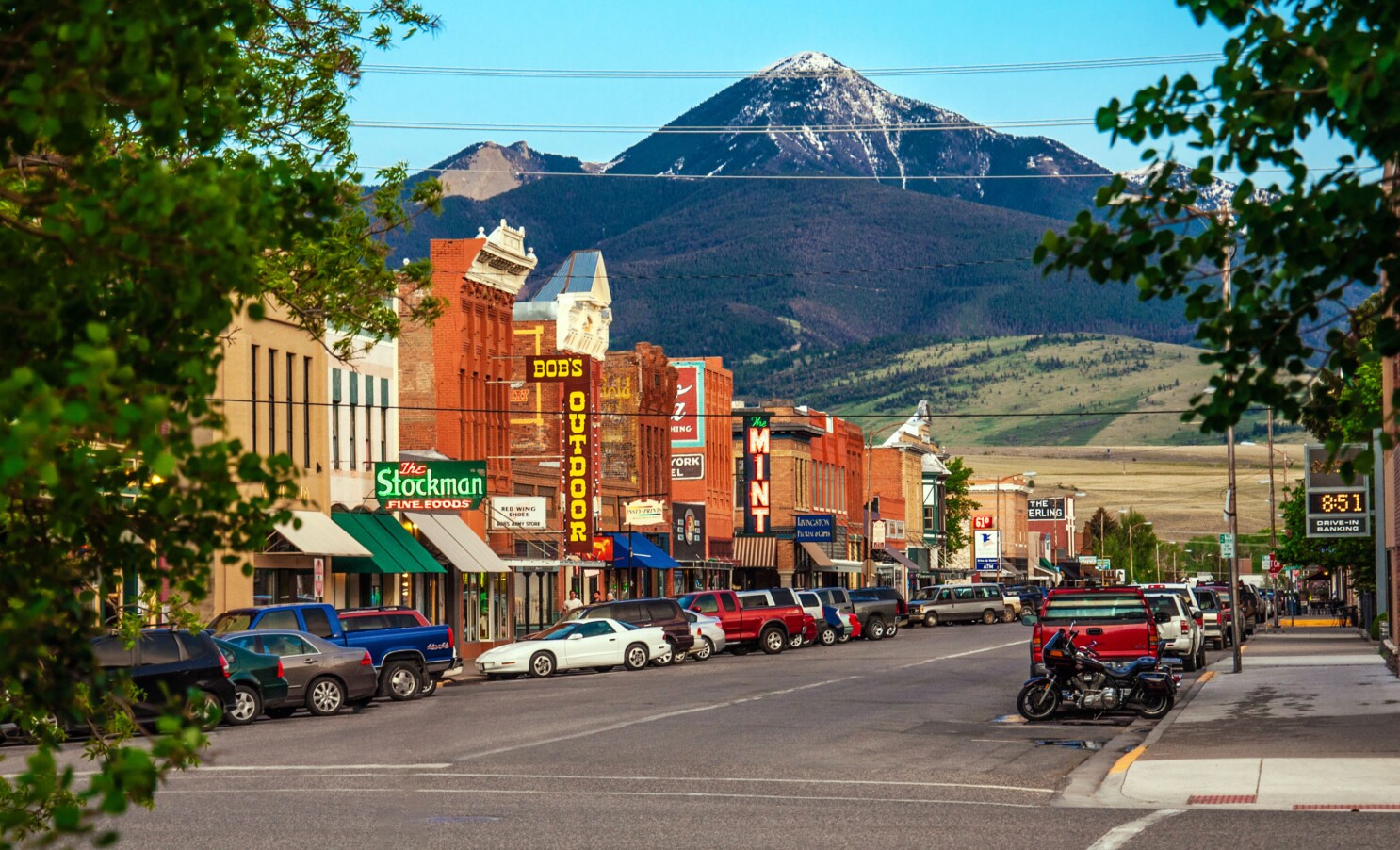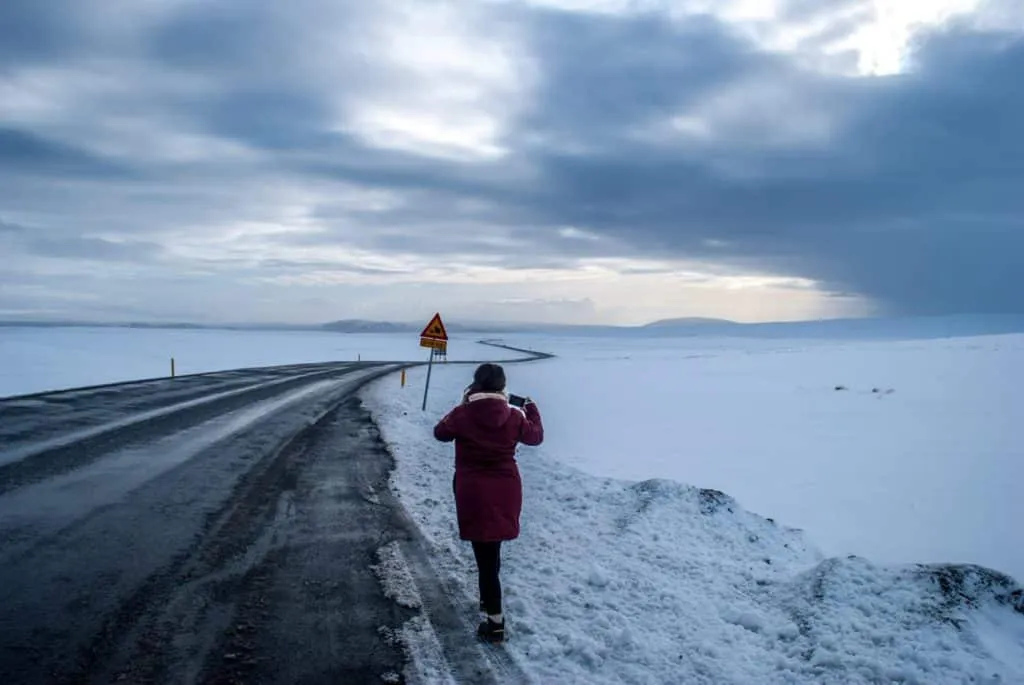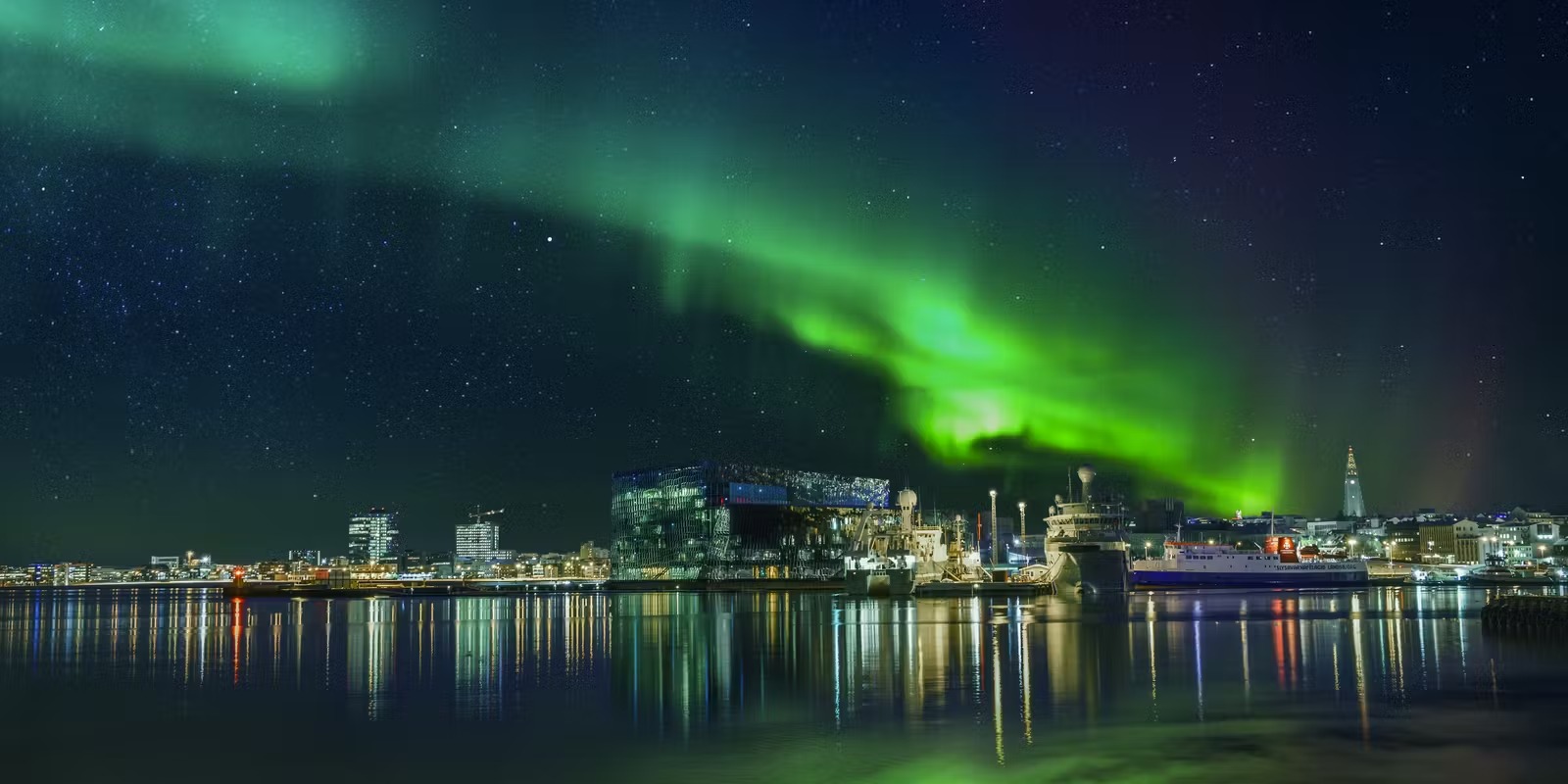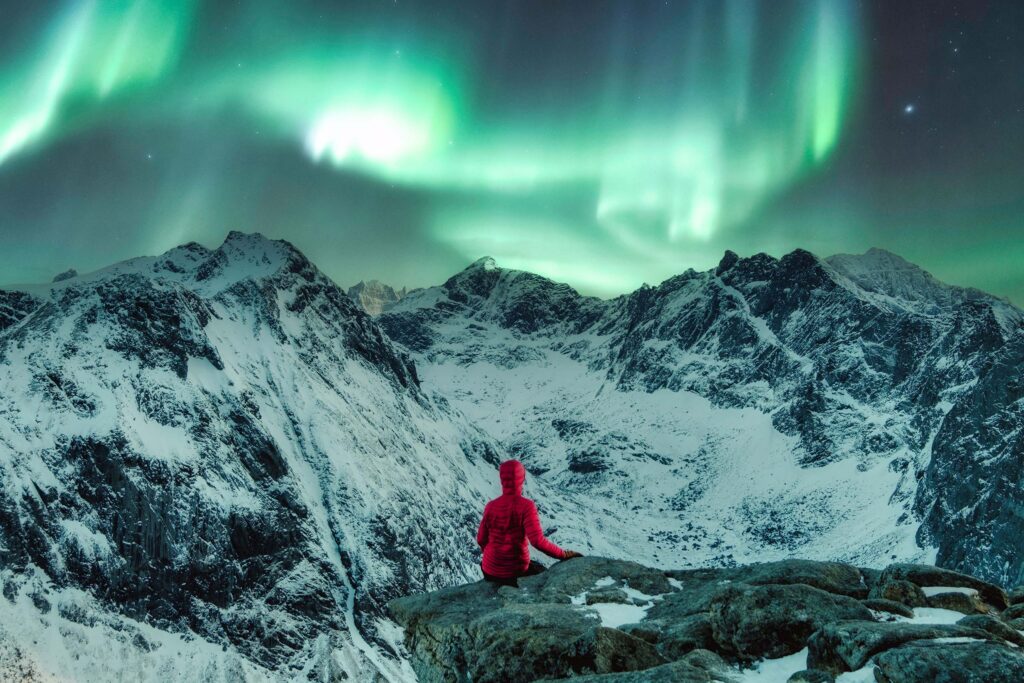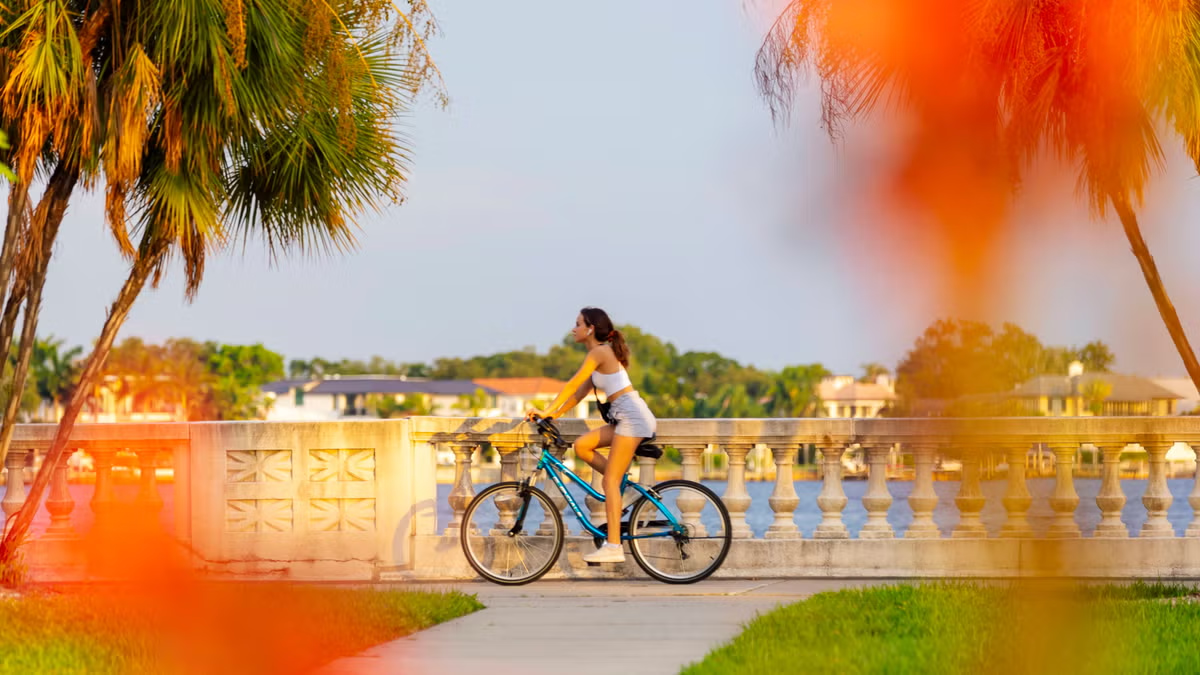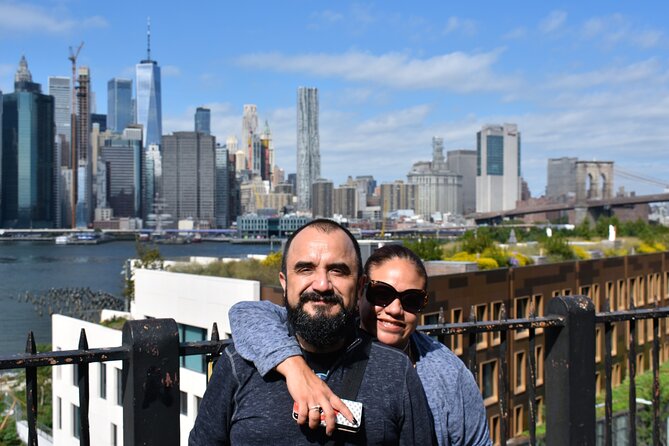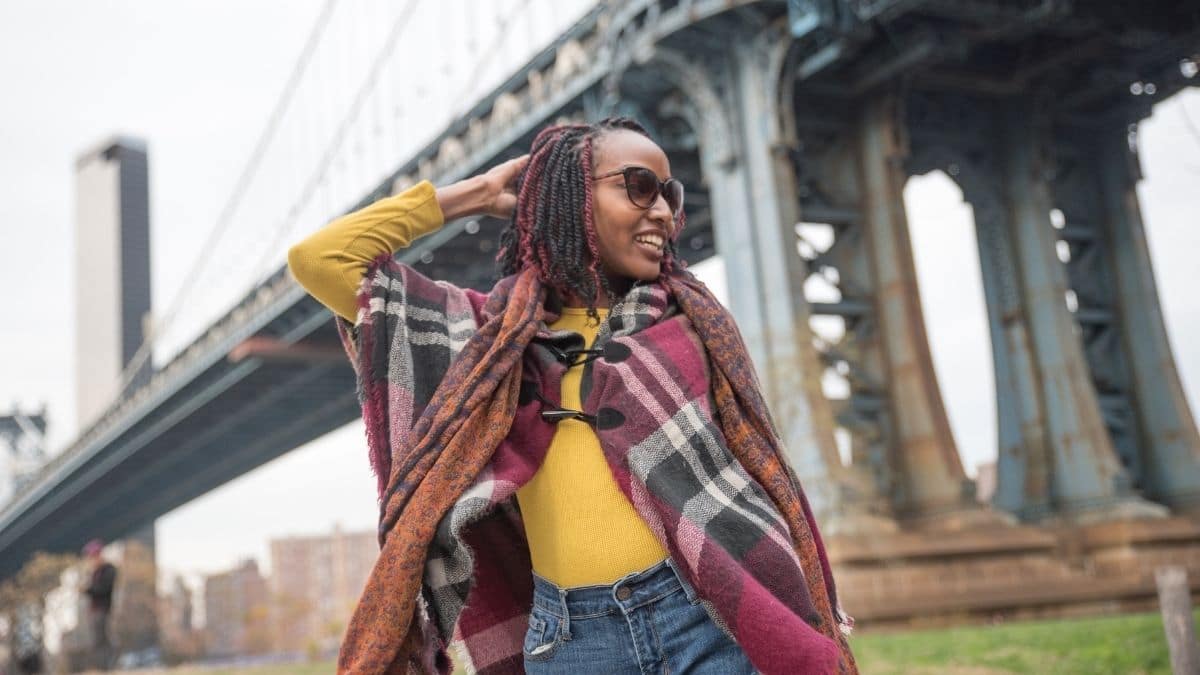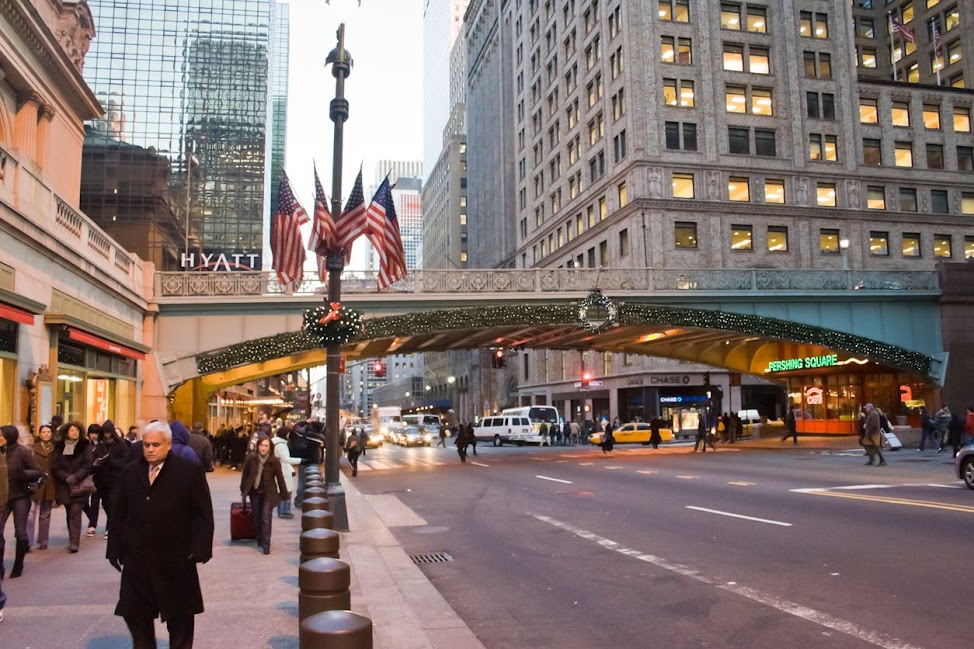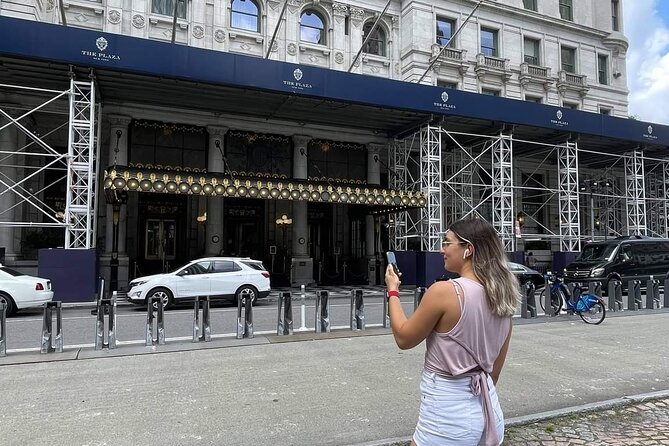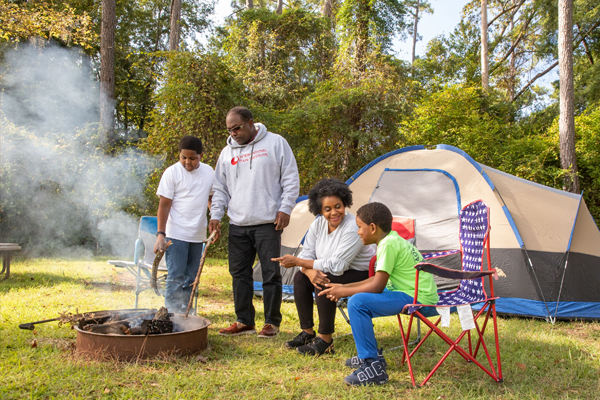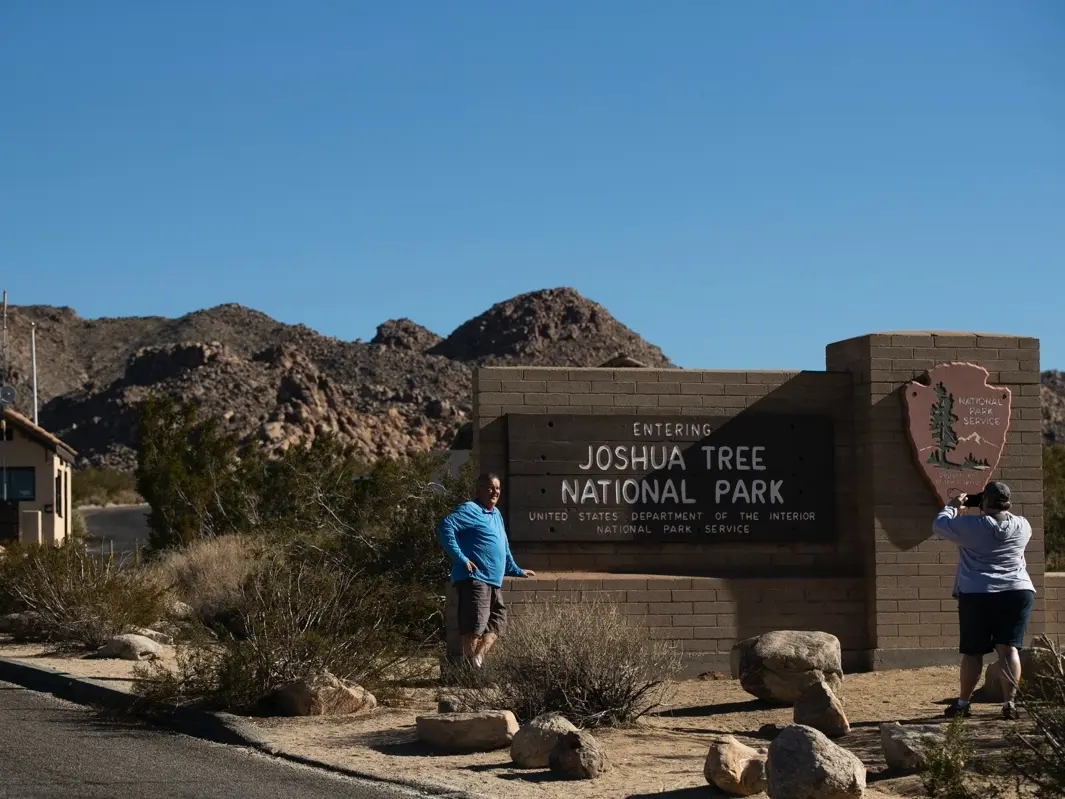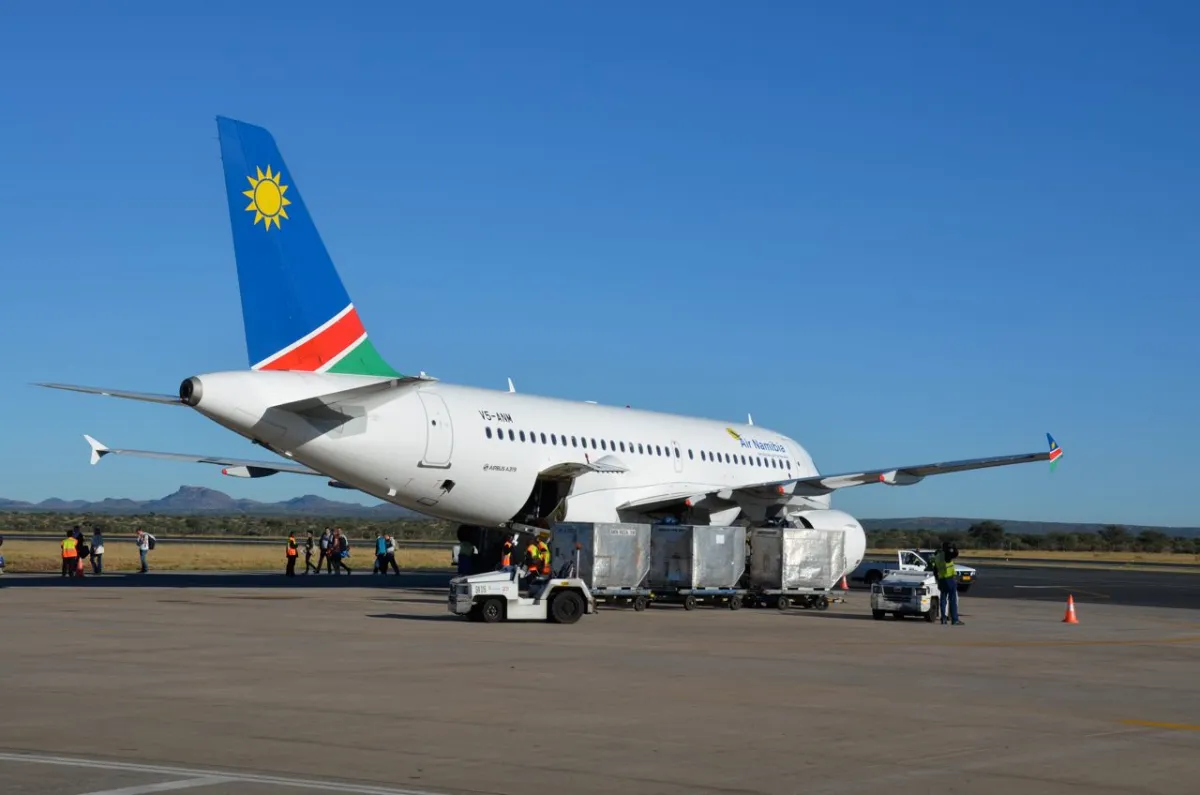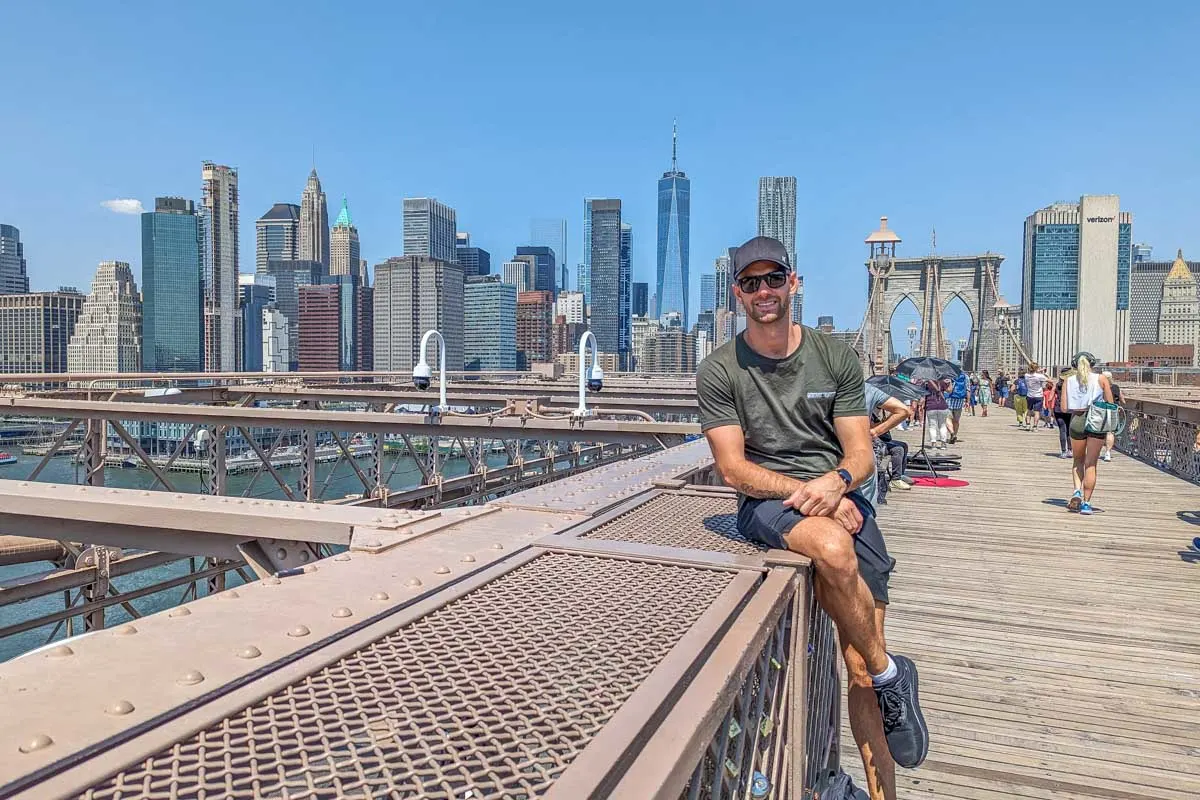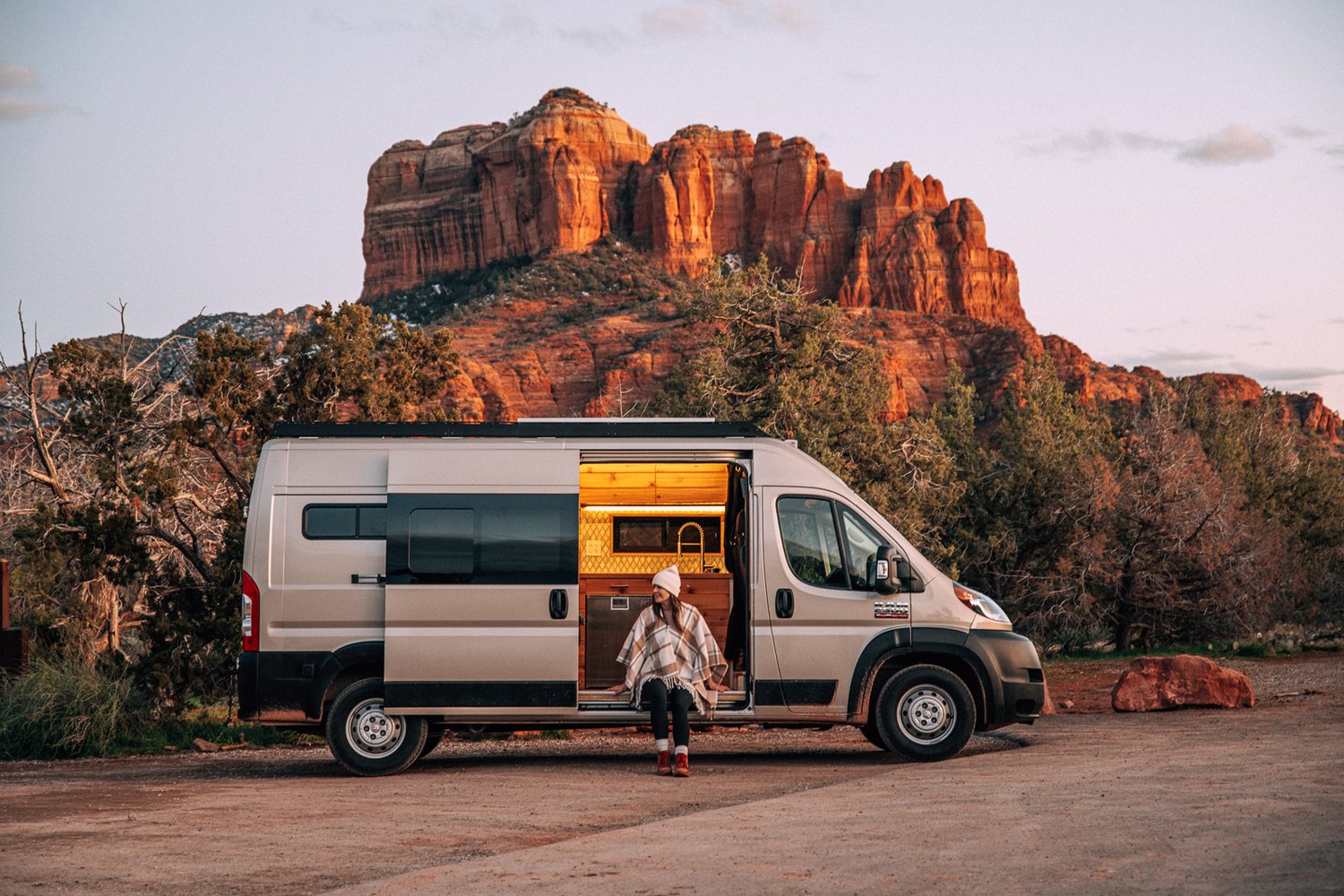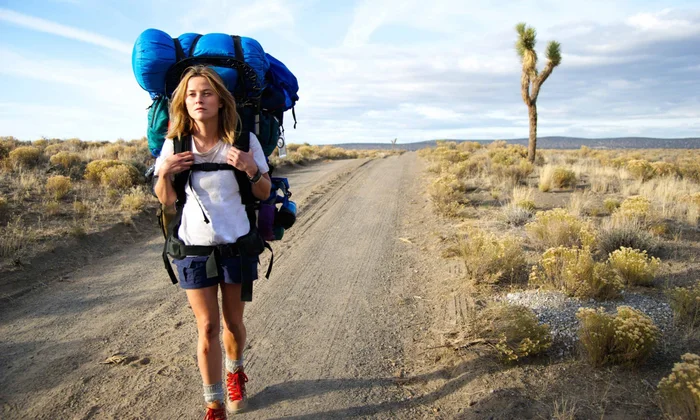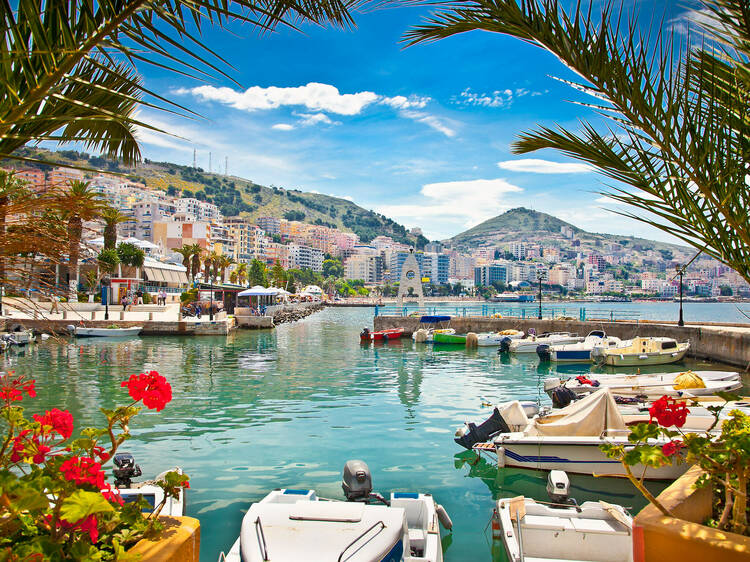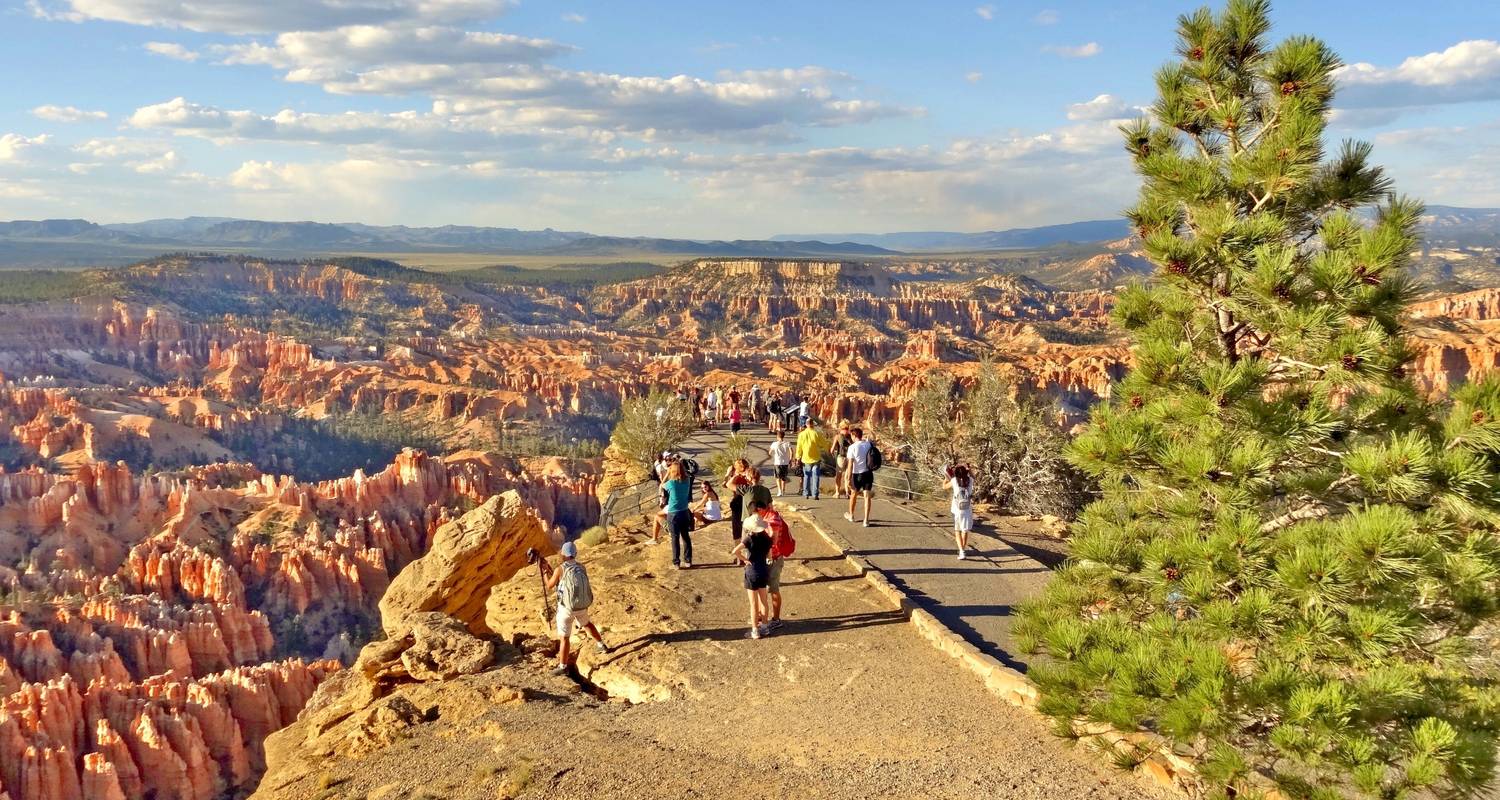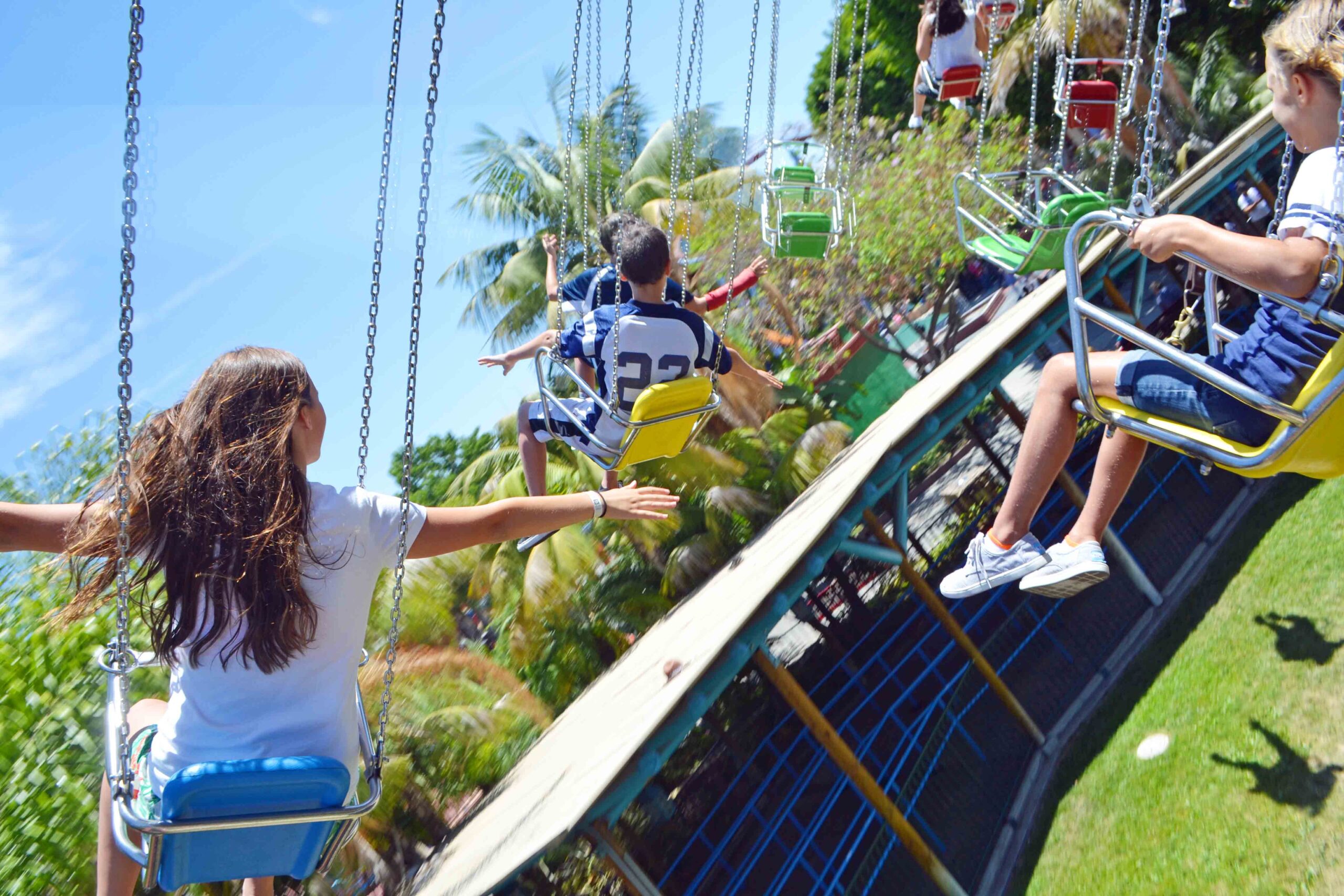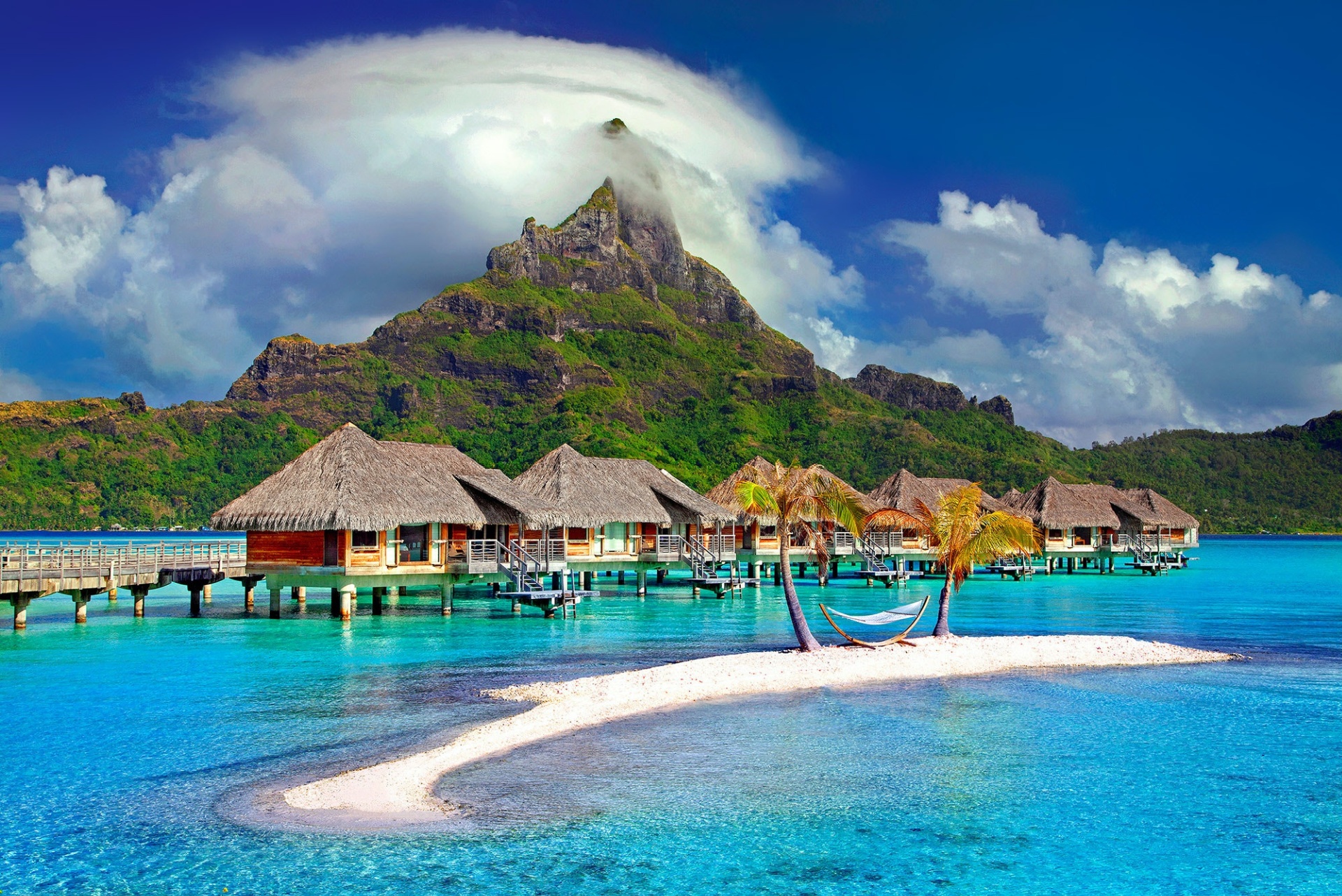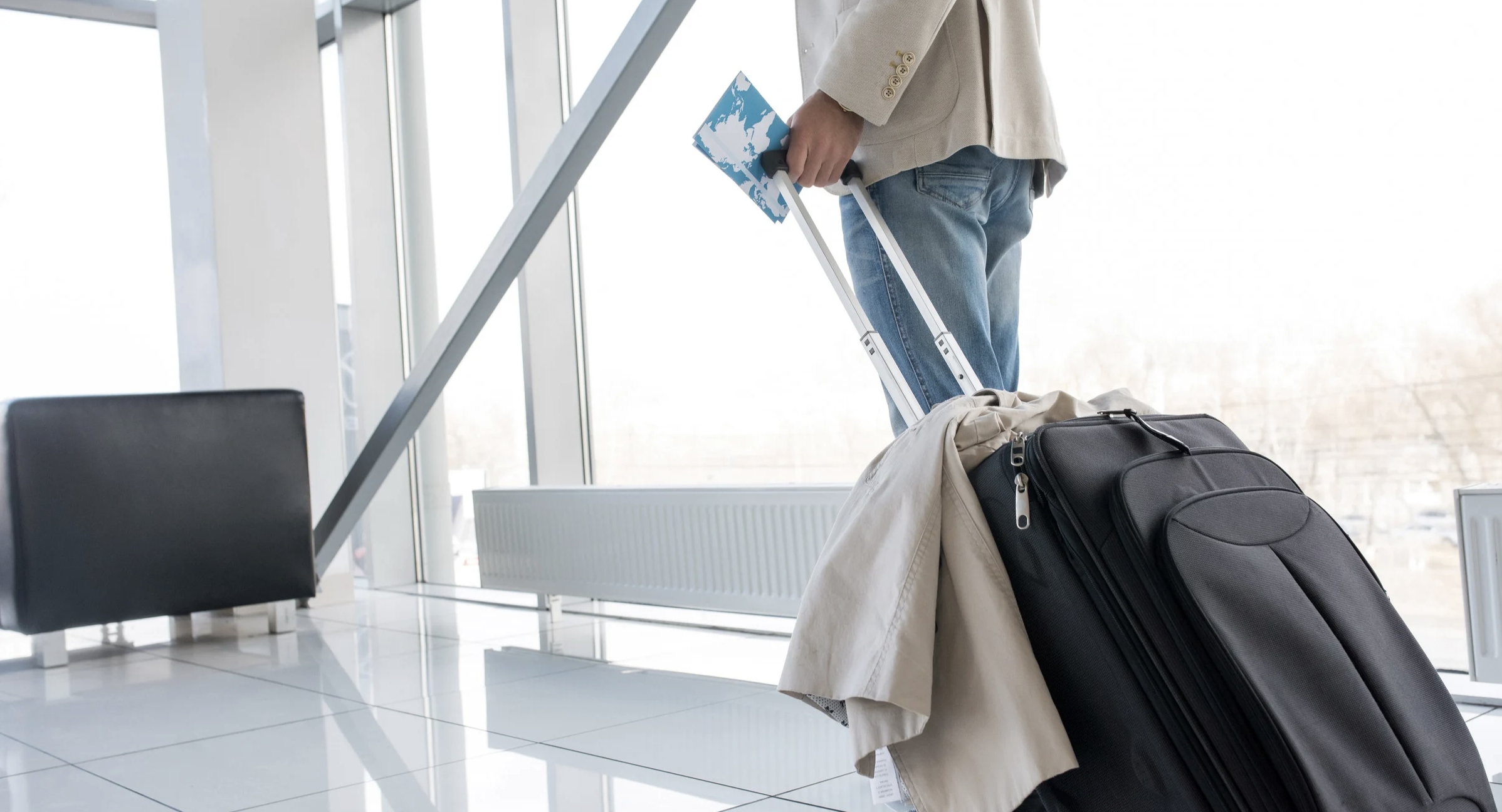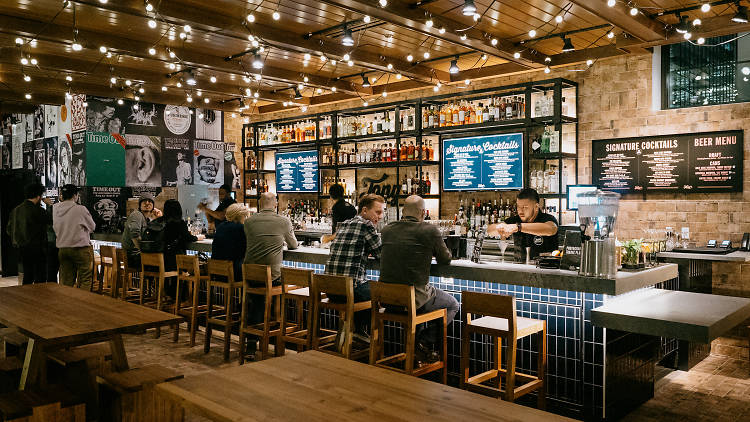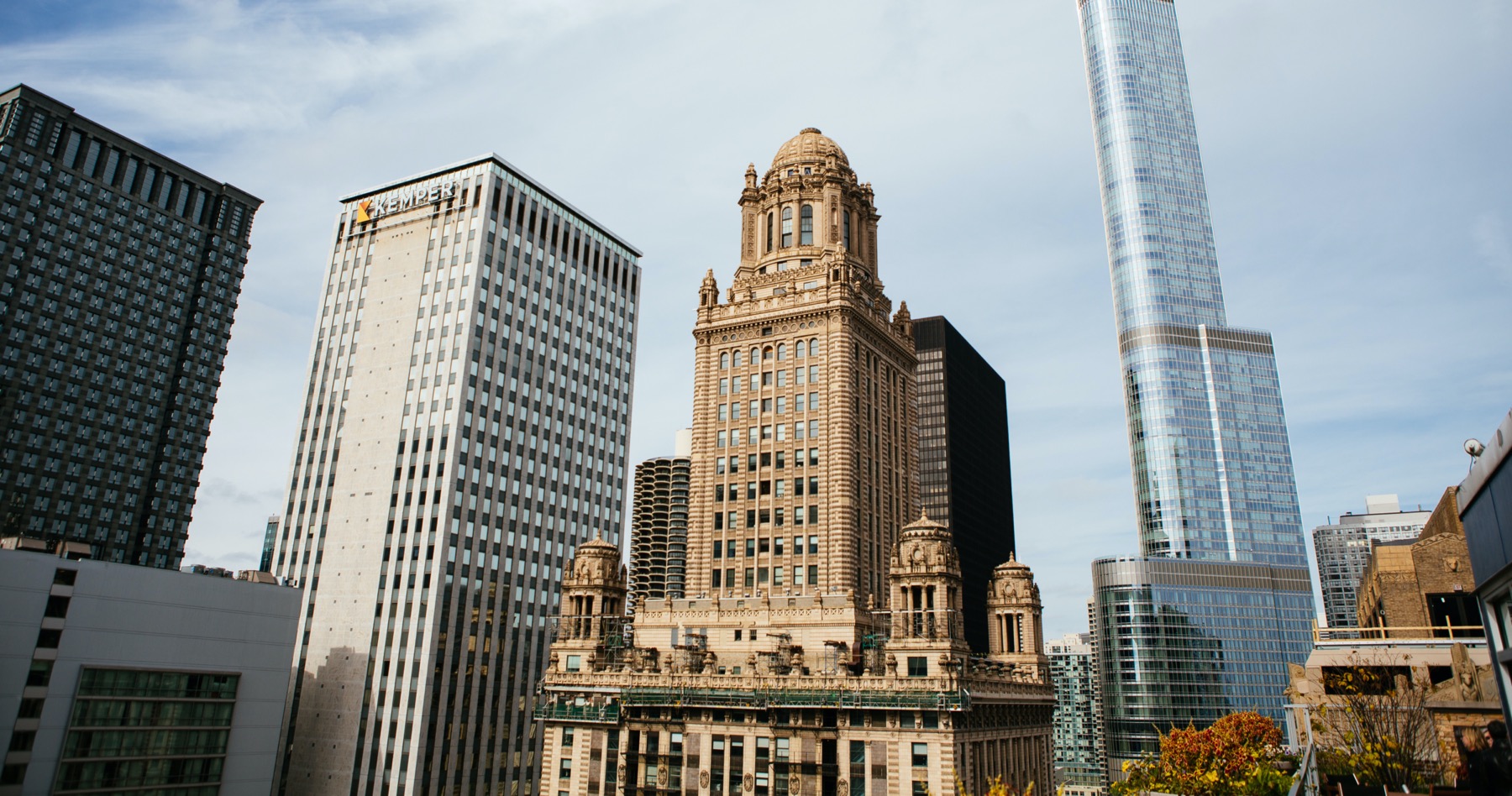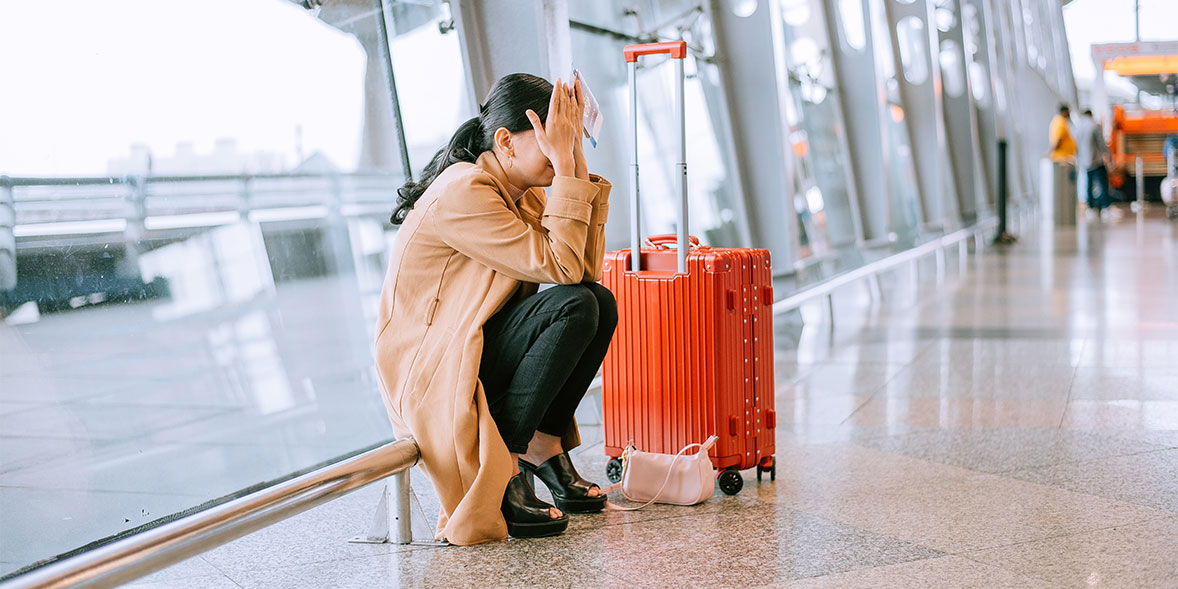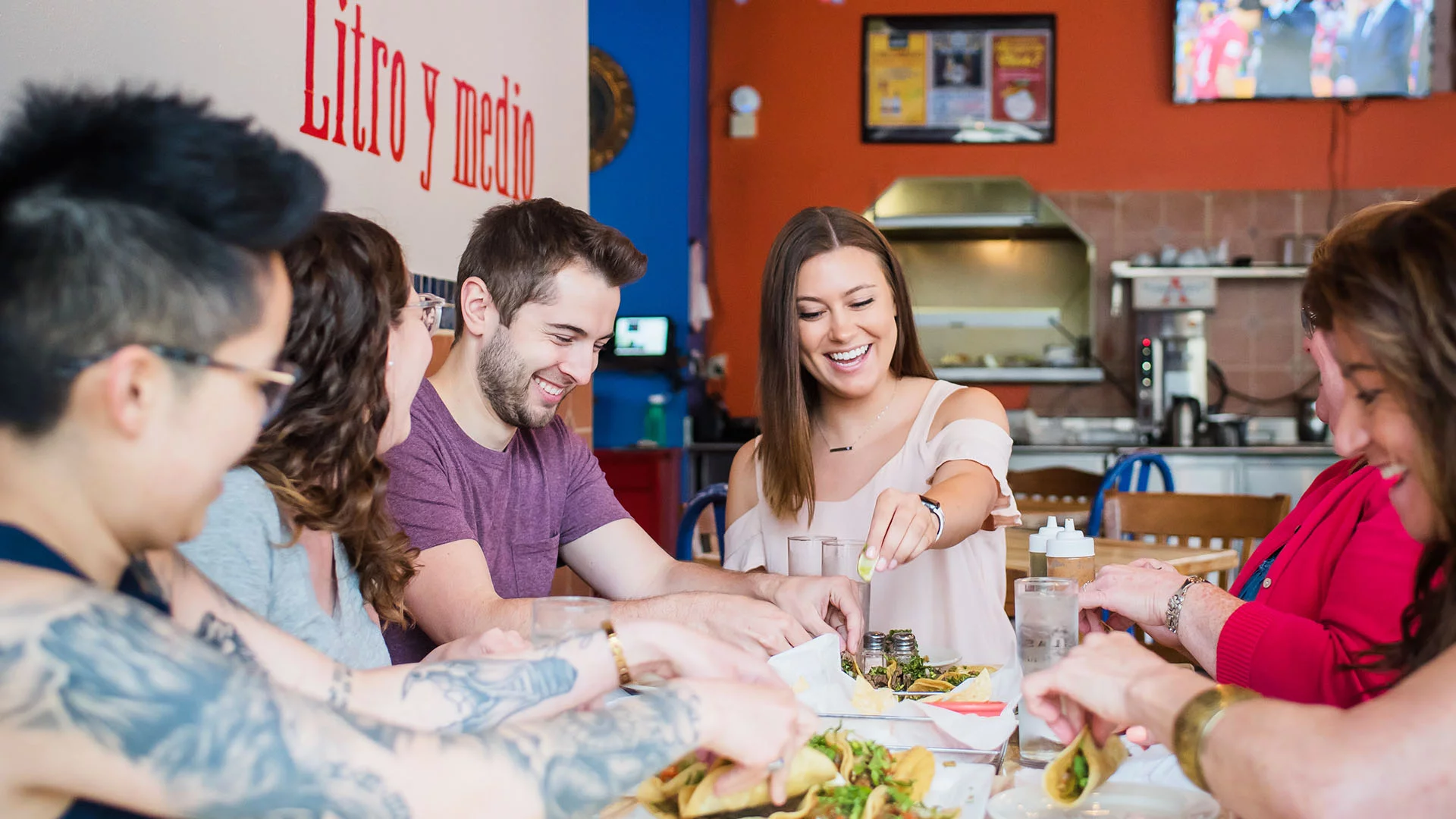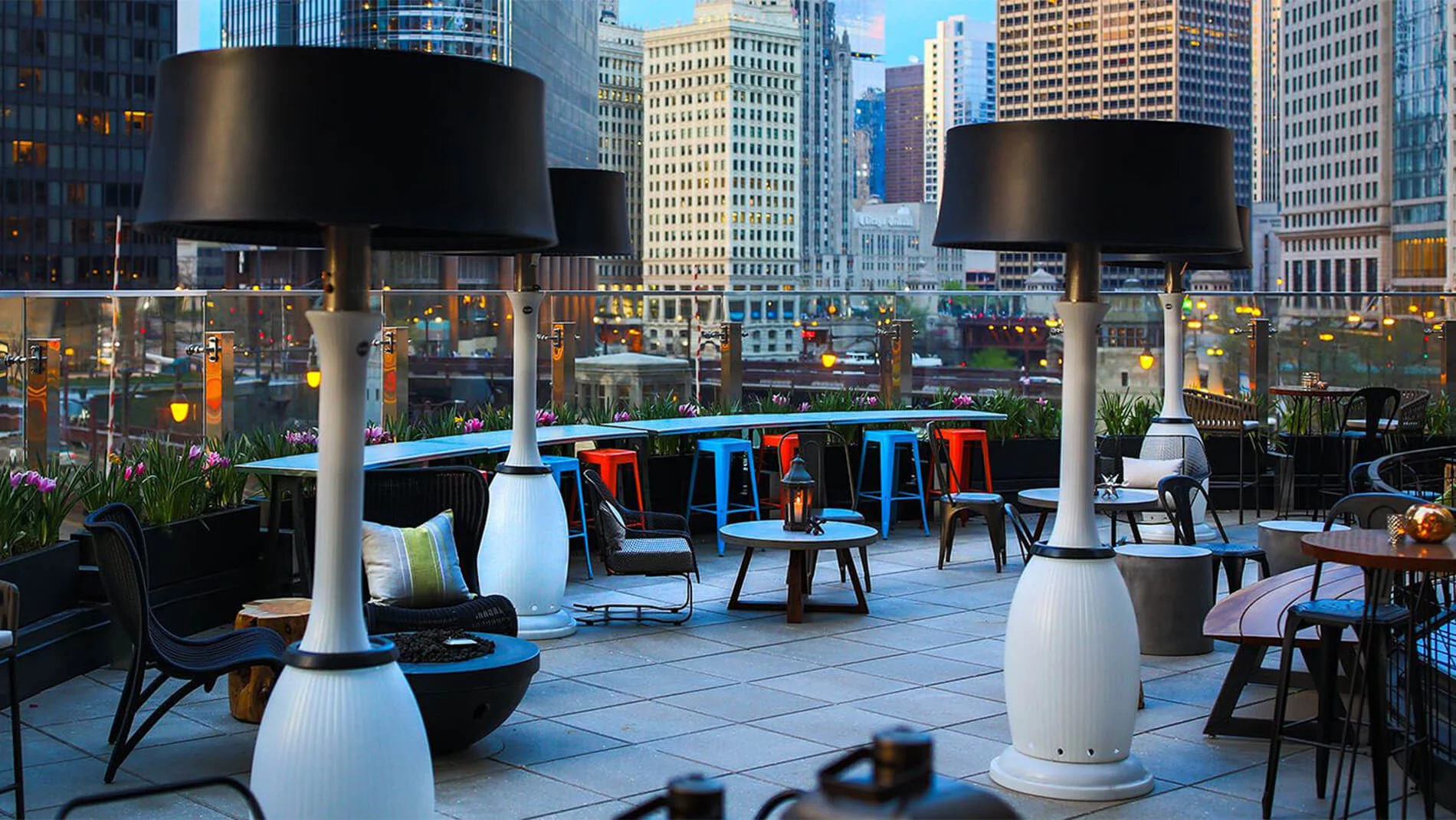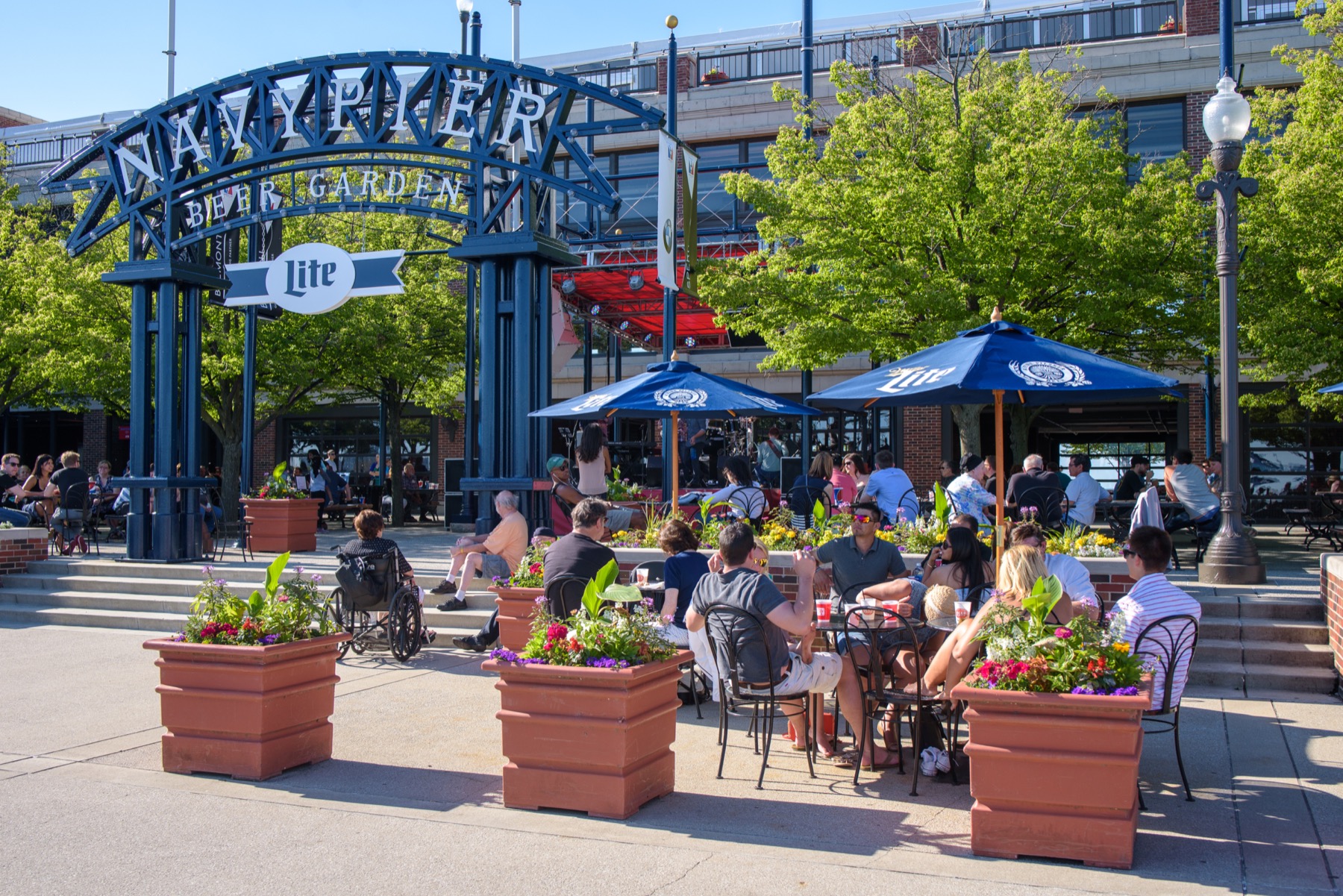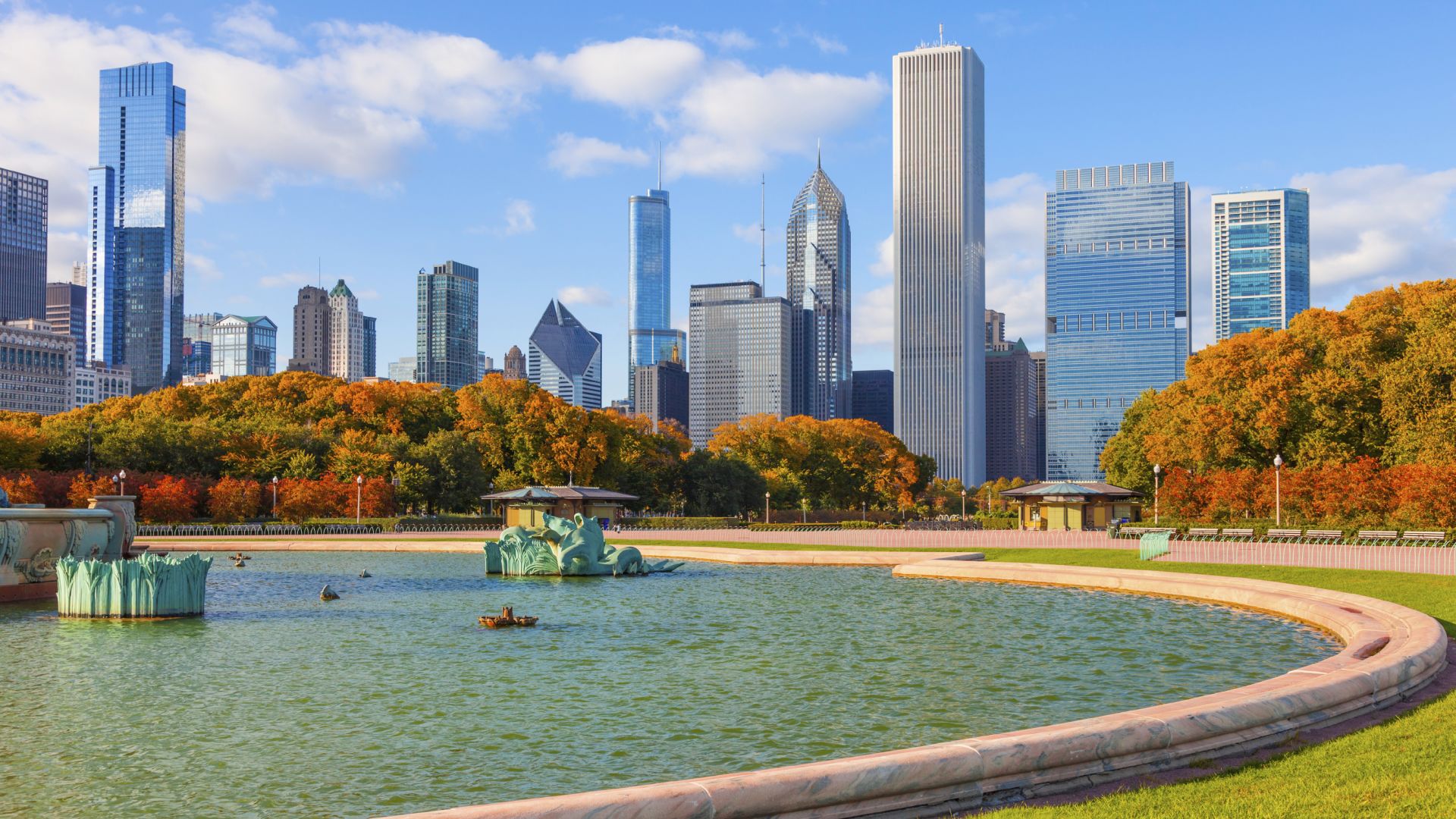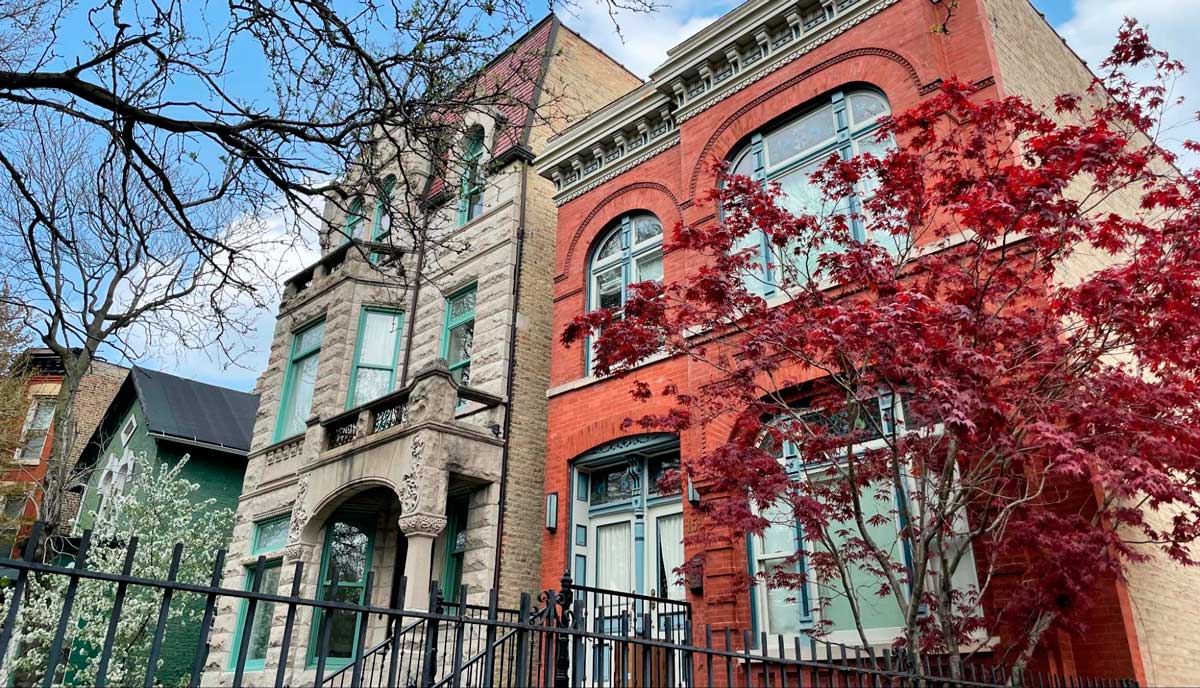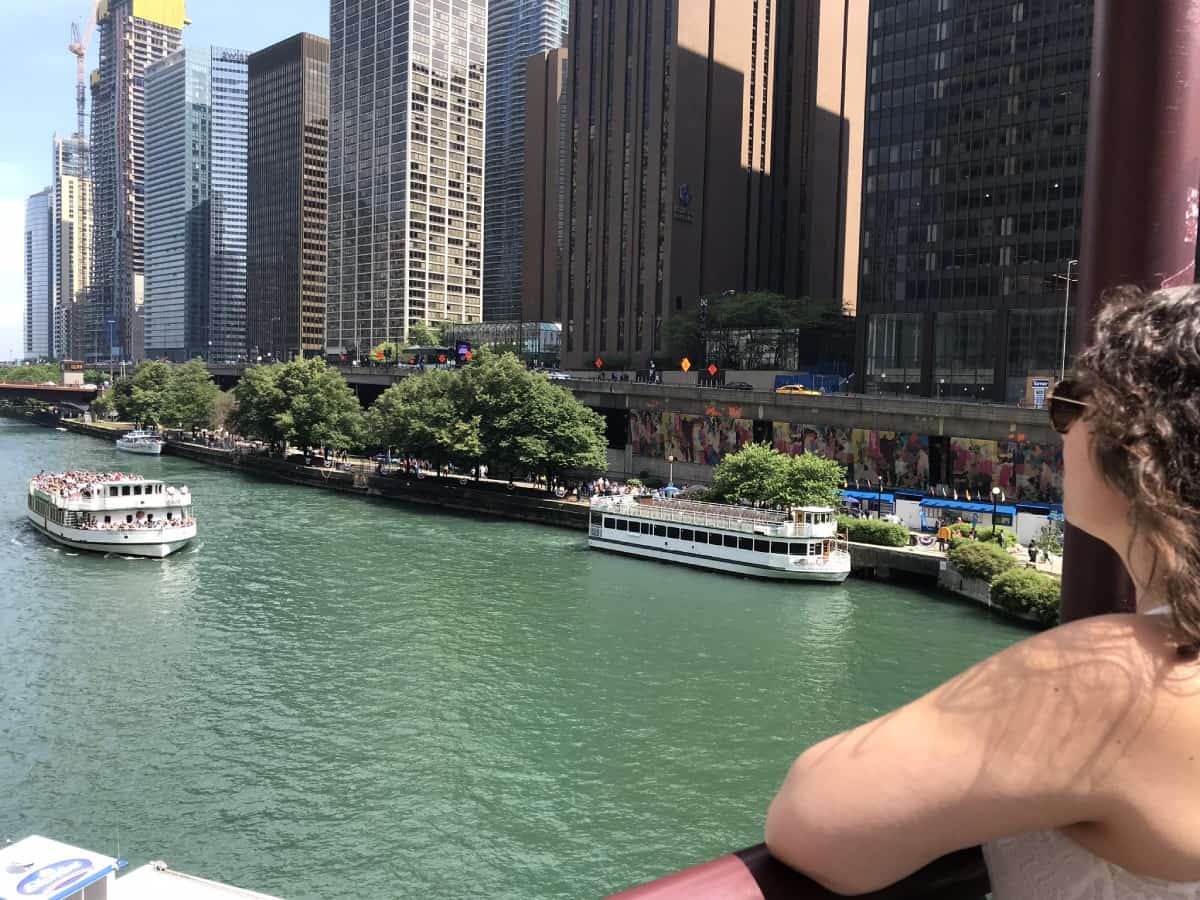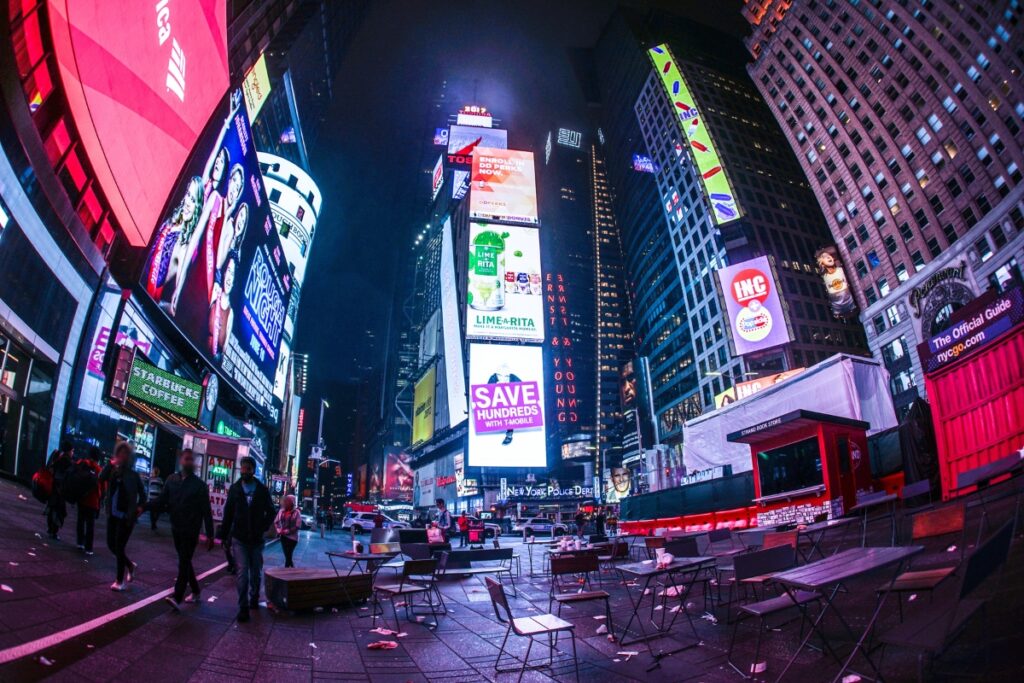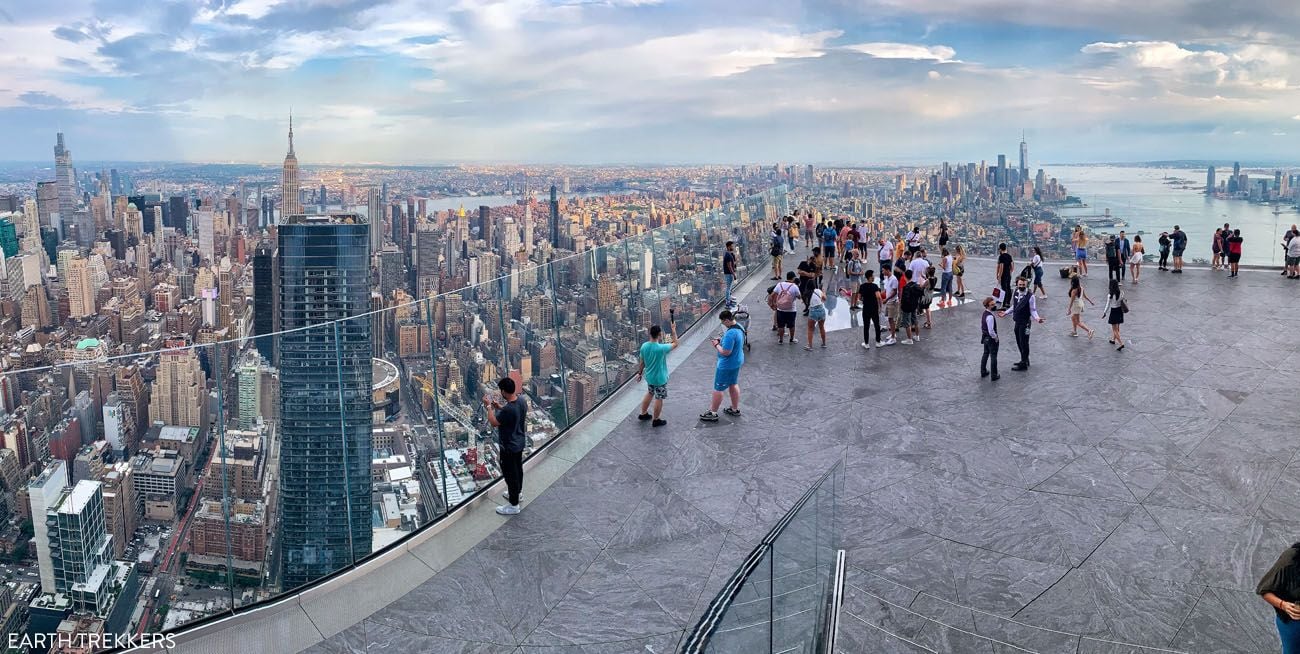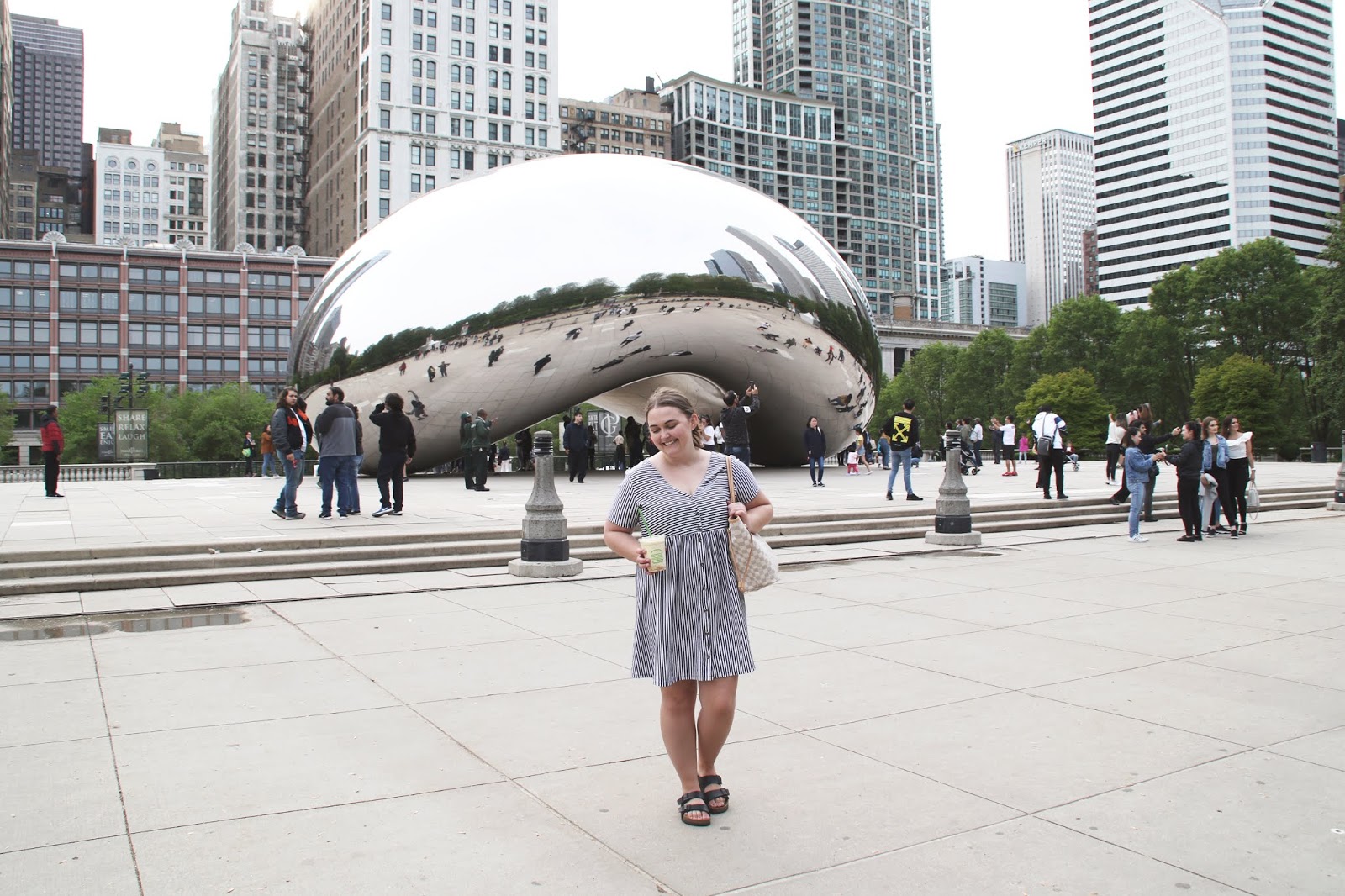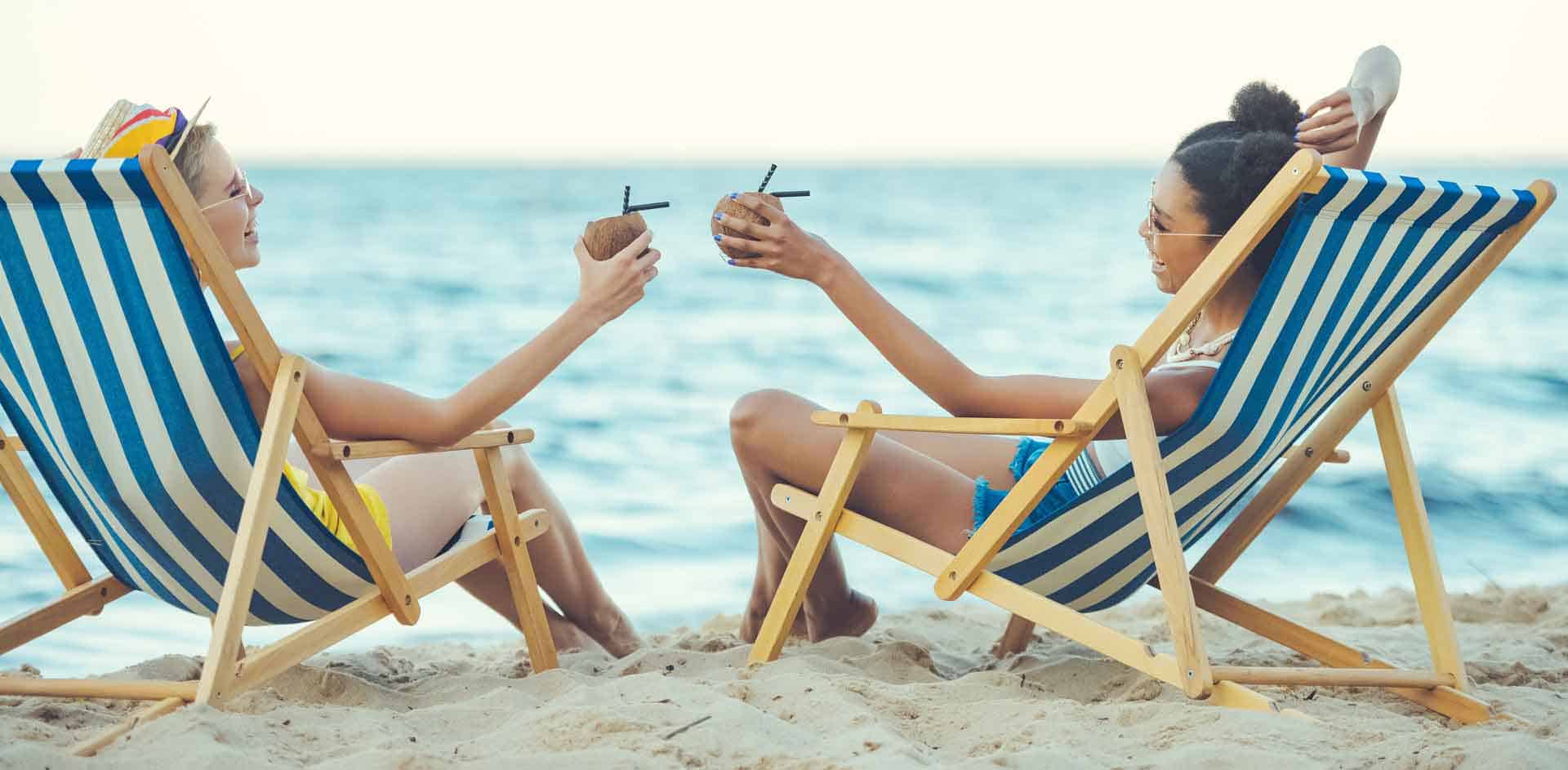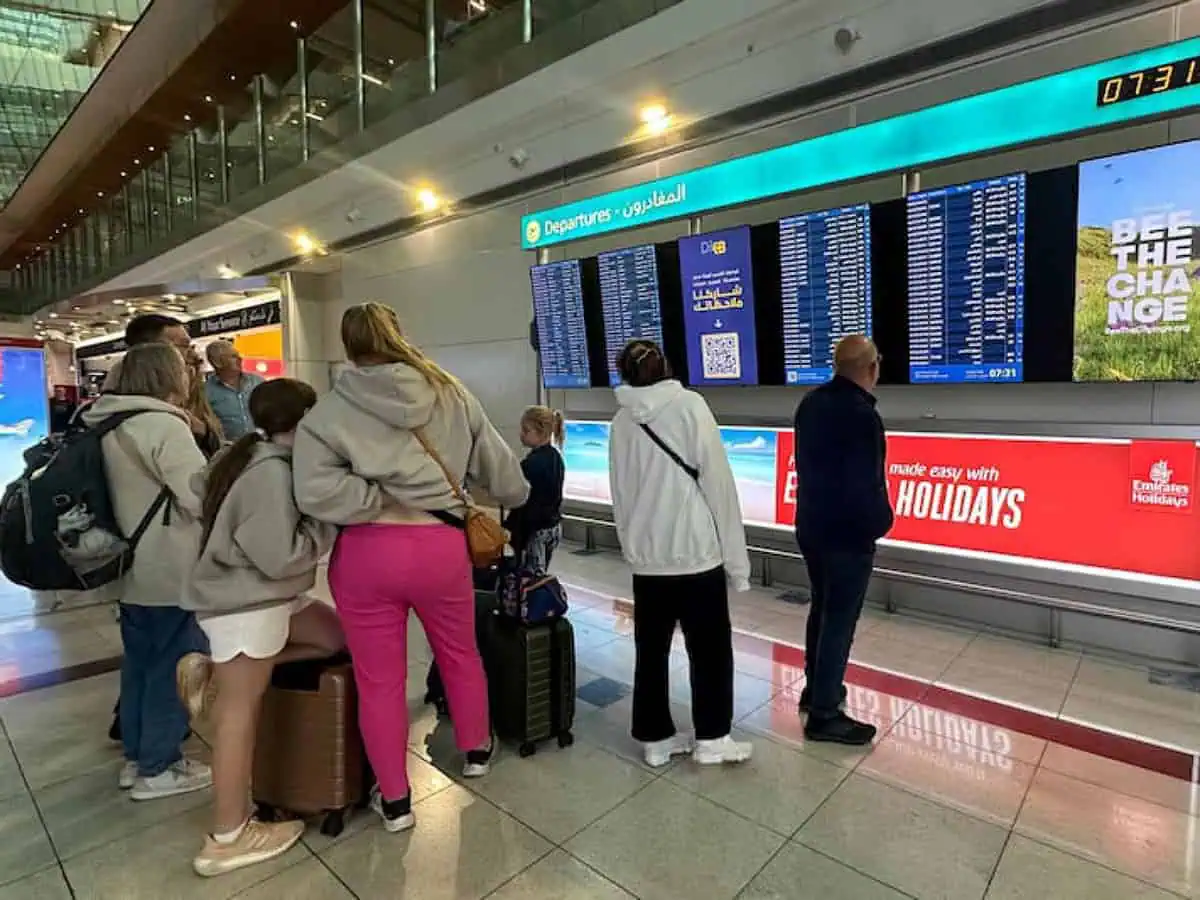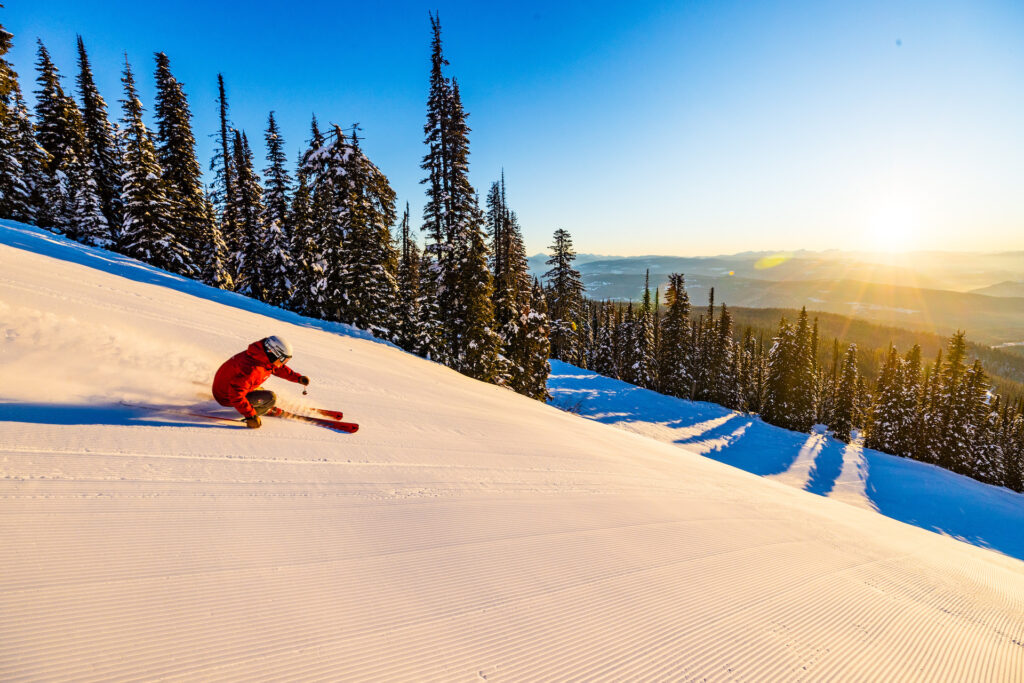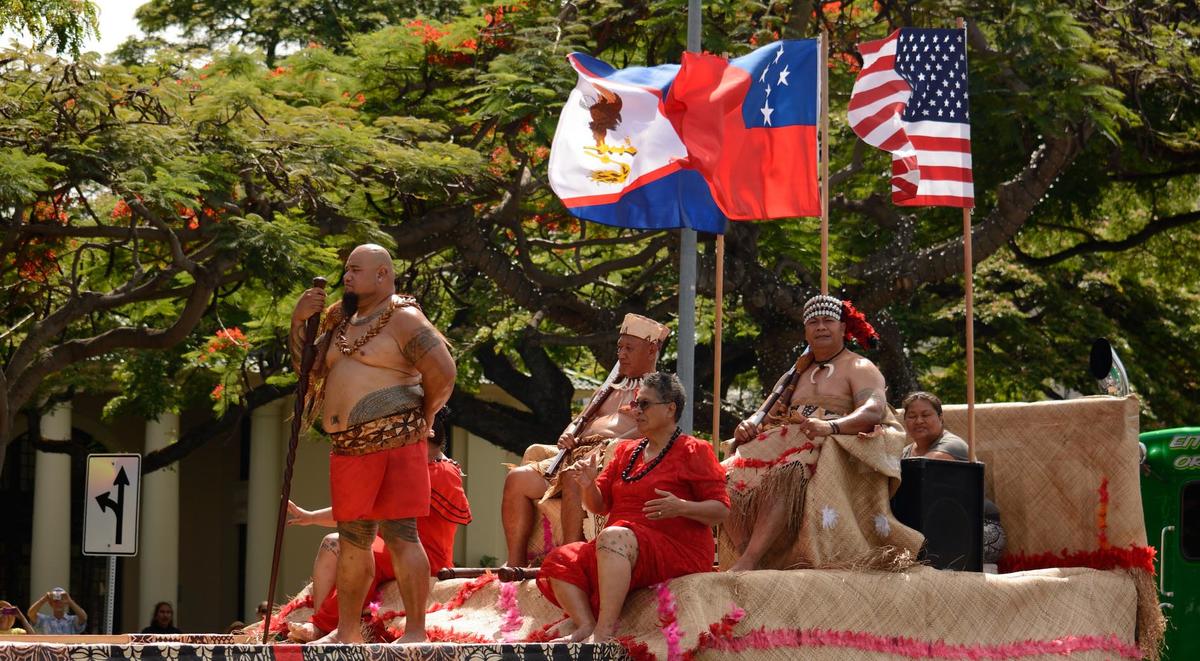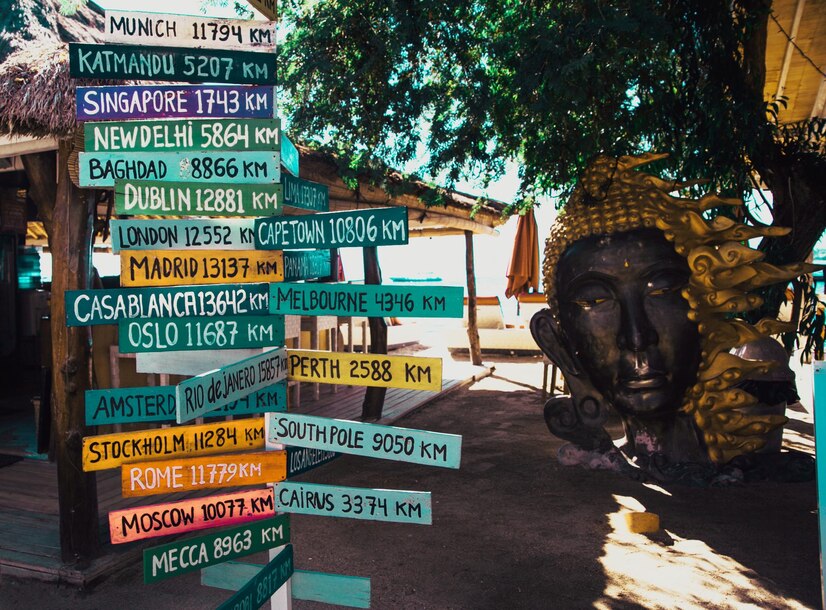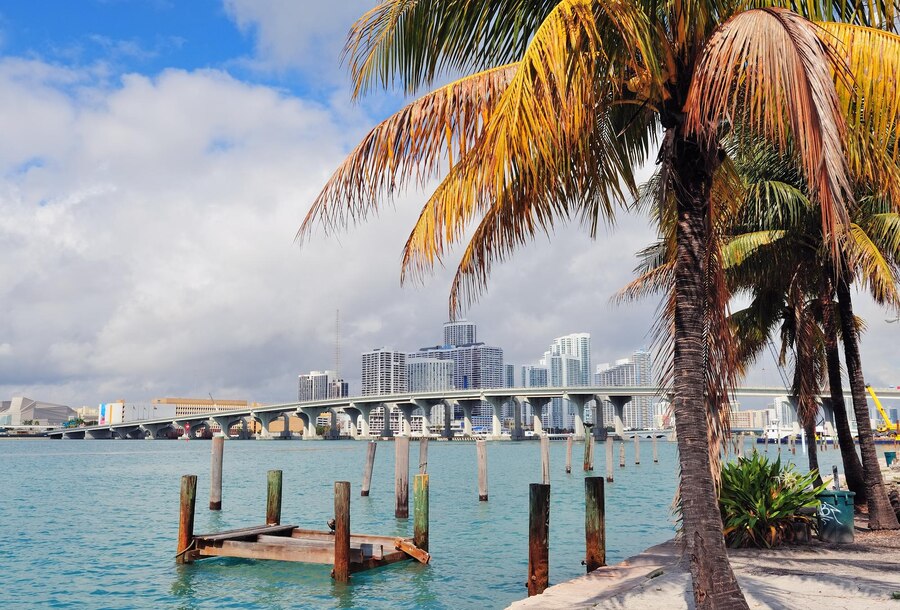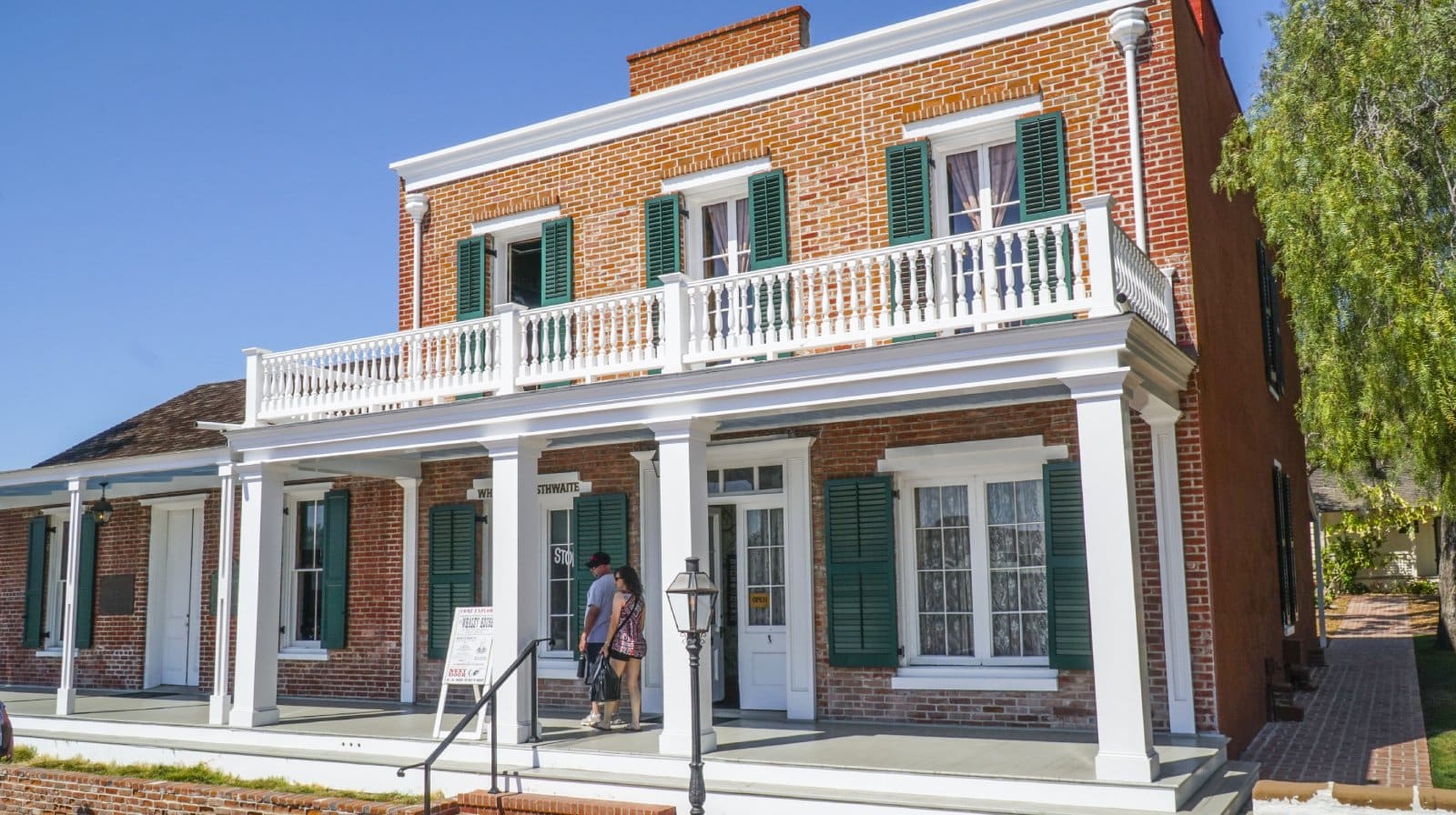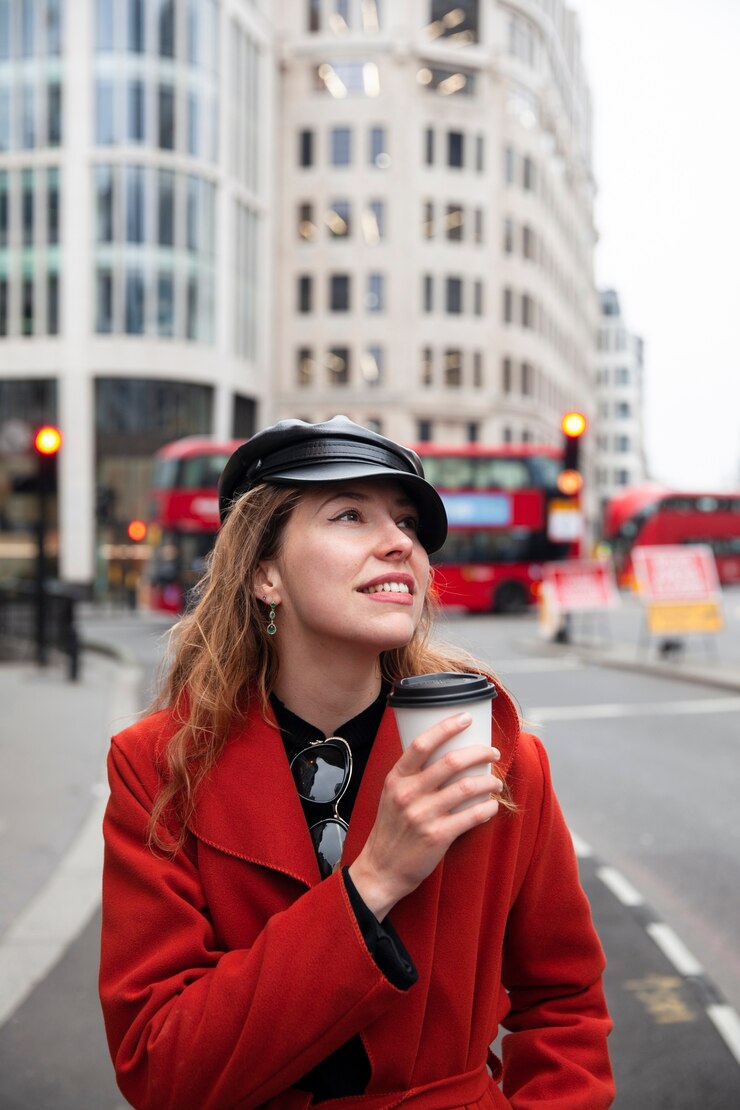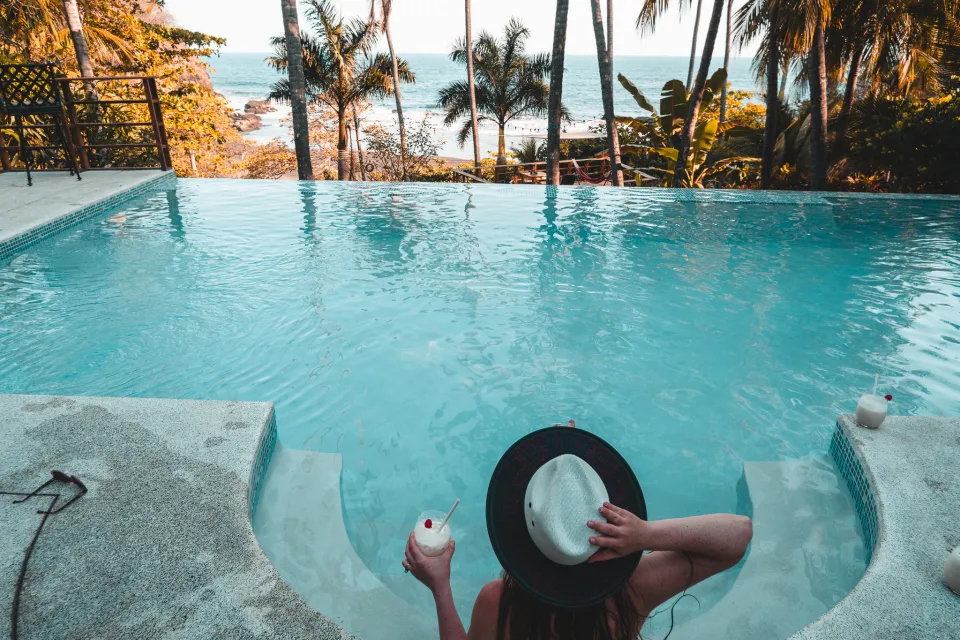
Is El Salvador Safe for Solo Female Travellers?
My Honest Guide Based on 2025 Travel Plans and Research
El Salvador, once overlooked by tourists due to its troubled past, is now rapidly rising as one of Central America’s most exciting destinations. With dramatic volcanoes, lush forests, surf-worthy beaches, and warm, welcoming locals, it’s easy to see the appeal. But if you’re a solo female traveller like me—especially one who stands out and doesn’t speak fluent Spanish—you might still be wondering: Is it safe?
I’m a 28-year-old Chinese woman with tan skin, and I’ll admit—I often stand out when I travel. I’ll be visiting El Salvador after a 4-week immersive Spanish course in Guatemala (so I’ll have basic Spanish down), and I wanted to share everything I’ve learned through hours of research, local tips, and stories from other travellers.
The Context: Safety in El Salvador
El Salvador has made serious strides in recent years to improve safety, particularly under current government efforts to reduce gang violence. You’ll still hear stories about the country’s past, but those often don’t reflect the current reality for visitors—especially in tourist-friendly zones like El Tunco, Santa Ana, and along the Ruta de las Flores.
That said, solo female travel anywhere demands a higher level of awareness, and El Salvador is no exception.
Real Talk: Will I Run Into Trouble?
If you stick to daytime travel, use trusted transportation, and stay in well-reviewed accommodations, the risk is relatively low. I’ve chatted with other female travellers and locals, and the consensus is that daytime travel is generally safe—especially on main routes and in popular areas.
Do I expect to stand out? Sure. But from everything I’ve read and watched (YouTube is a goldmine—just search “El Salvador travel”), locals are respectful and friendly, especially when greeted with a warm “Buenos días.” El Salvador has that Southern hospitality vibe—people say hello to strangers, and they mean it.
Top Safety Tips for Solo Female Travellers in El Salvador
-
Stay in tourist-friendly areas like El Tunco, Santa Ana, Suchitoto, and the Ruta de las Flores.
-
Don’t walk alone at night. Even in safer areas, avoid being out solo after dark.
-
Avoid public buses (especially “chicken buses”) unless you’re with a guide or local friend.
-
Use Uber or hotel-recommended transport where possible.
-
Dress modestly to blend in and avoid unnecessary attention.
-
Learn key Spanish phrases—your immersive course in Guatemala will help a lot!
-
Get a local SIM card for maps, emergencies, and keeping in touch.
-
Trust your instincts—if something feels off, remove yourself from the situation.
What About Accommodation?
If safety is your top concern, here’s the breakdown:
-
Hotels: Best for peace of mind. Many have 24/7 front desks, guards, and secure entrances.
-
Airbnbs: Great if you’re looking for privacy—just read reviews and message the host with questions about security.
-
Hostels: A good option if you want to meet other travellers, but choose ones with excellent safety ratings, lockers, and female-only dorms if that makes you more comfortable.
Personally, I plan to mix hotels and Airbnbs depending on the location and vibe. In beach towns like El Tunco, a well-rated hostel or surf lodge could be both safe and social.
Is It Safe to Drive as a Solo Female in El Salvador?
Yes—with some caveats.
You said you’re used to driving in NYC, so El Salvador’s driving won’t faze you too much. Expect some aggressive driving, narrow roads, and creative traffic flow, but nothing you can’t handle.
That said:
-
Stick to driving during daylight.
-
Avoid isolated rural roads unless you’re 100% confident about your route.
-
Download offline maps ahead of time.
-
Use Waze—locals love it and it’s often more accurate than Google Maps.
If you’re planning to explore volcanoes, waterfalls, or coffee routes, a rental car offers the freedom to do it on your own time—but always research trailhead access and road conditions beforehand.
Can I Hike Solo in El Salvador?
Short answer: It depends on the trail.
Popular hikes like Santa Ana Volcano are usually done with local guides—and that’s a good thing. These guided hikes often have security or police escorts, and going with a group adds peace of mind and local insight.
What I’ll do: For nature spots like waterfalls or national parks, I’ll either:
-
Join a guided hike (usually super affordable), or
-
Ask my accommodation to connect me with a trusted local guide or group.
Don’t plan to go off into the forest solo. It’s not just about crime—trails can be remote and poorly marked.
What About Tuk-Tuks?
They’re common in smaller towns and can be a fun way to get around—but for solo female travellers:
-
Only use tuk-tuks during the day.
-
Negotiate the price beforehand (or ask a local what’s fair).
-
Stick to short, urban routes.
In places like Suchitoto or Ataco, they’re a safe and easy way to explore without walking up hills in the heat.
Is 4 Days Enough?
Four days is enough to get a taste of El Salvador, especially if you focus on one or two regions.
Here’s a sample 4-day itinerary idea:
Day 1: Arrive & settle in El Tunco (beach, surfing, pupusas)
Day 2: Day trip to Santa Ana Volcano or Tamanique waterfalls
Day 3: Explore Ruta de las Flores – coffee tours, food, art towns
Day 4: Chill morning in El Tunco, then depart
If you love it (and I think you might), you’ll know it’s worth coming back for a deeper dive.
Bonus Tips & Local Etiquette
-
Eat pupusas (with your hands only—no forks allowed!)
-
Say hello to strangers—it’s normal and appreciated
-
Watch for long lines at the bank—these are locals picking up remittances
-
Try Salvadoran coffee—especially in the mountains
-
Bring sunscreen and bug spray—essential for beach and volcano areas
Final Thoughts: Is It Safe?
El Salvador is not without its complexities, but for the prepared, curious, and cautious solo female traveller, it can absolutely be a safe and rewarding destination. With its friendly people, emerging tourism infrastructure, and natural beauty, it deserves a second look.
I’m going—and I’m going smart.
And if you’re reading this, I hope you feel a little more confident about going too.

